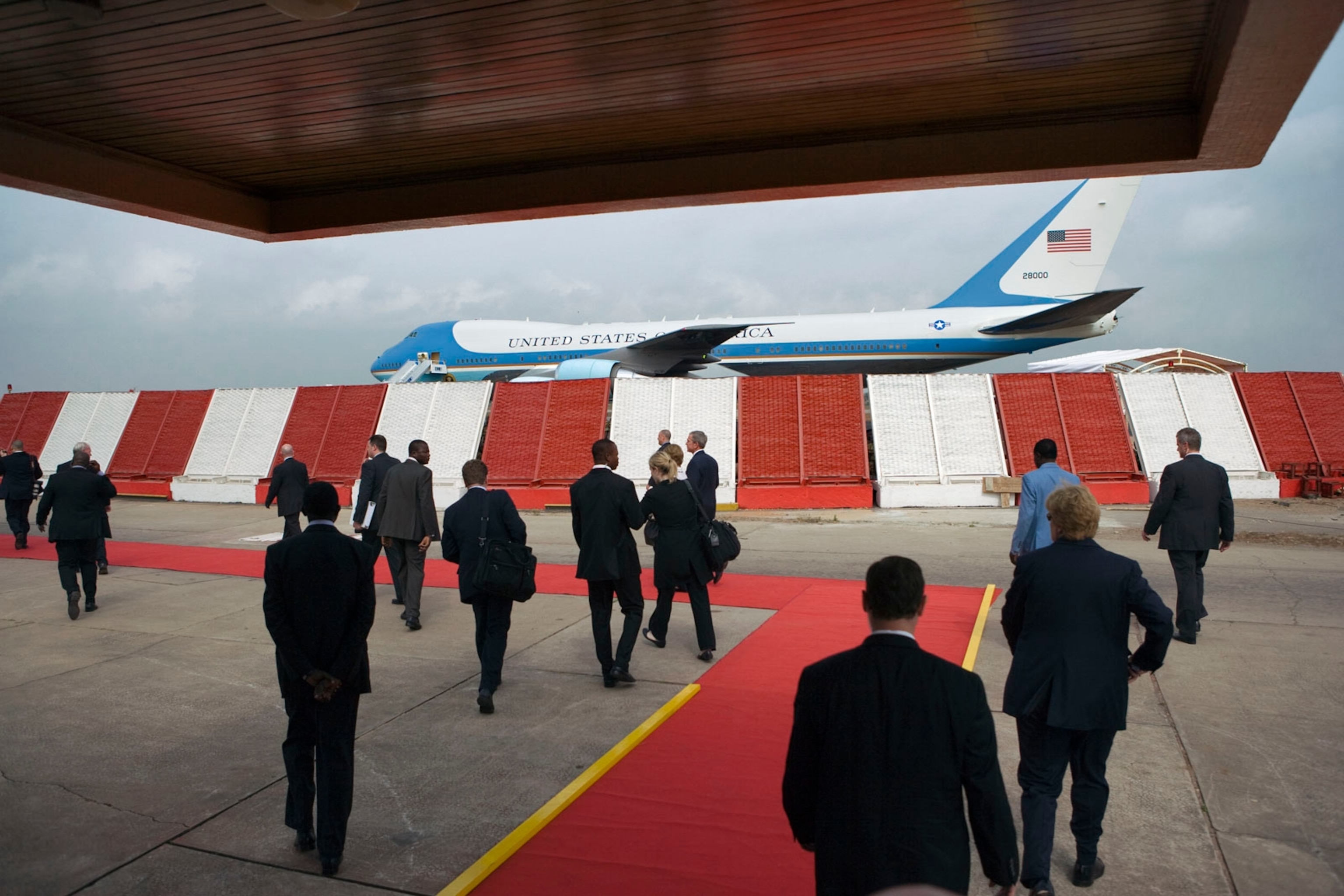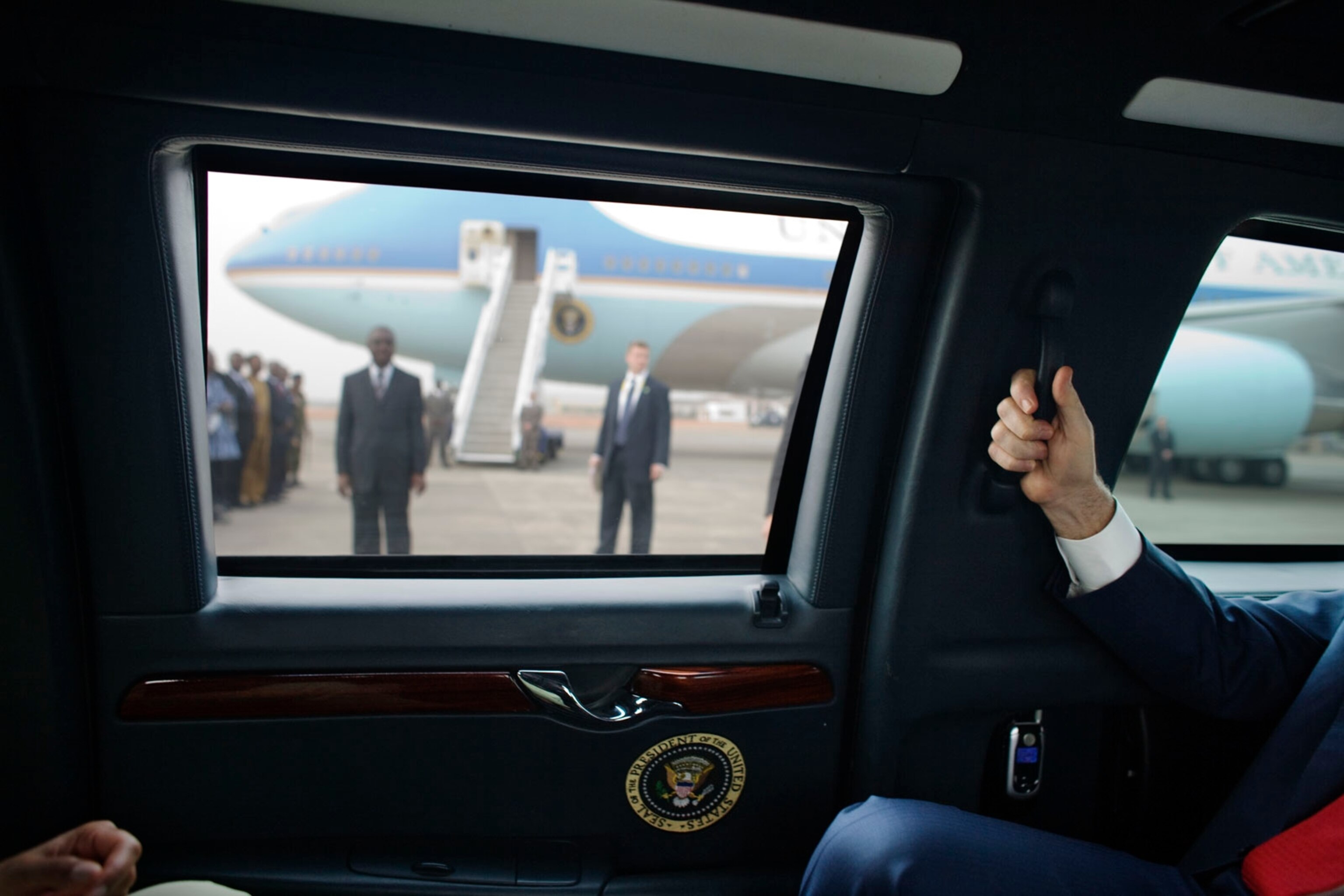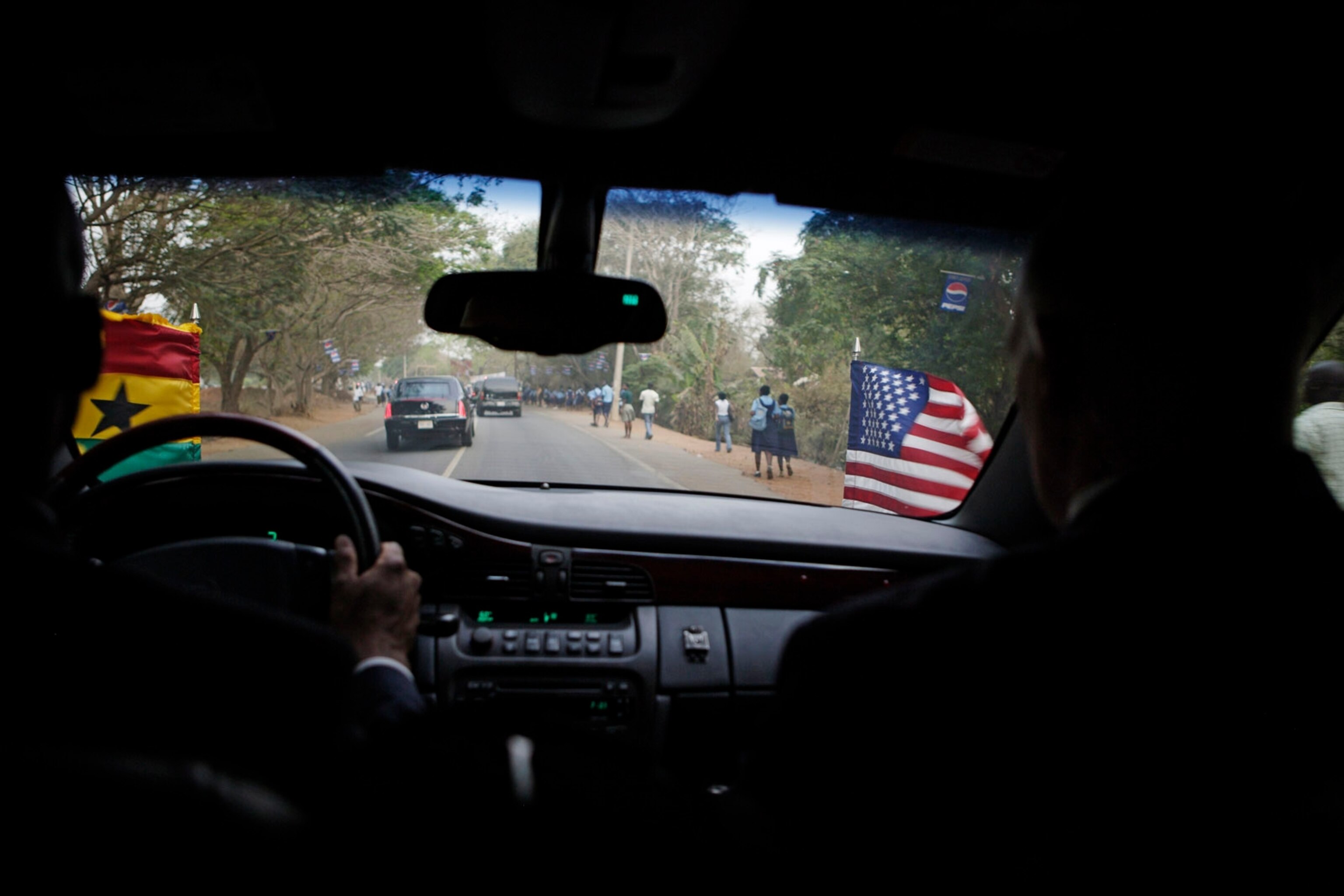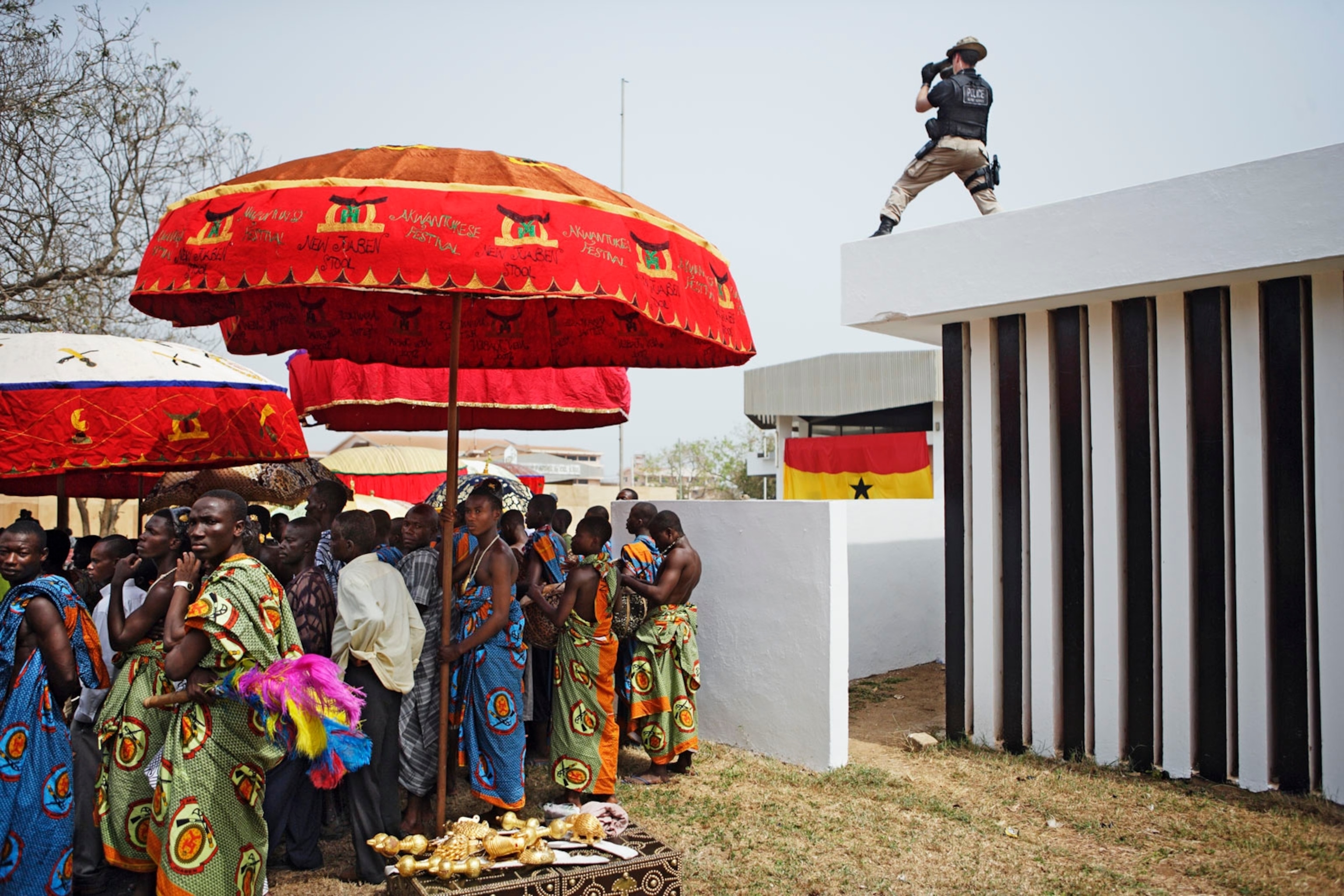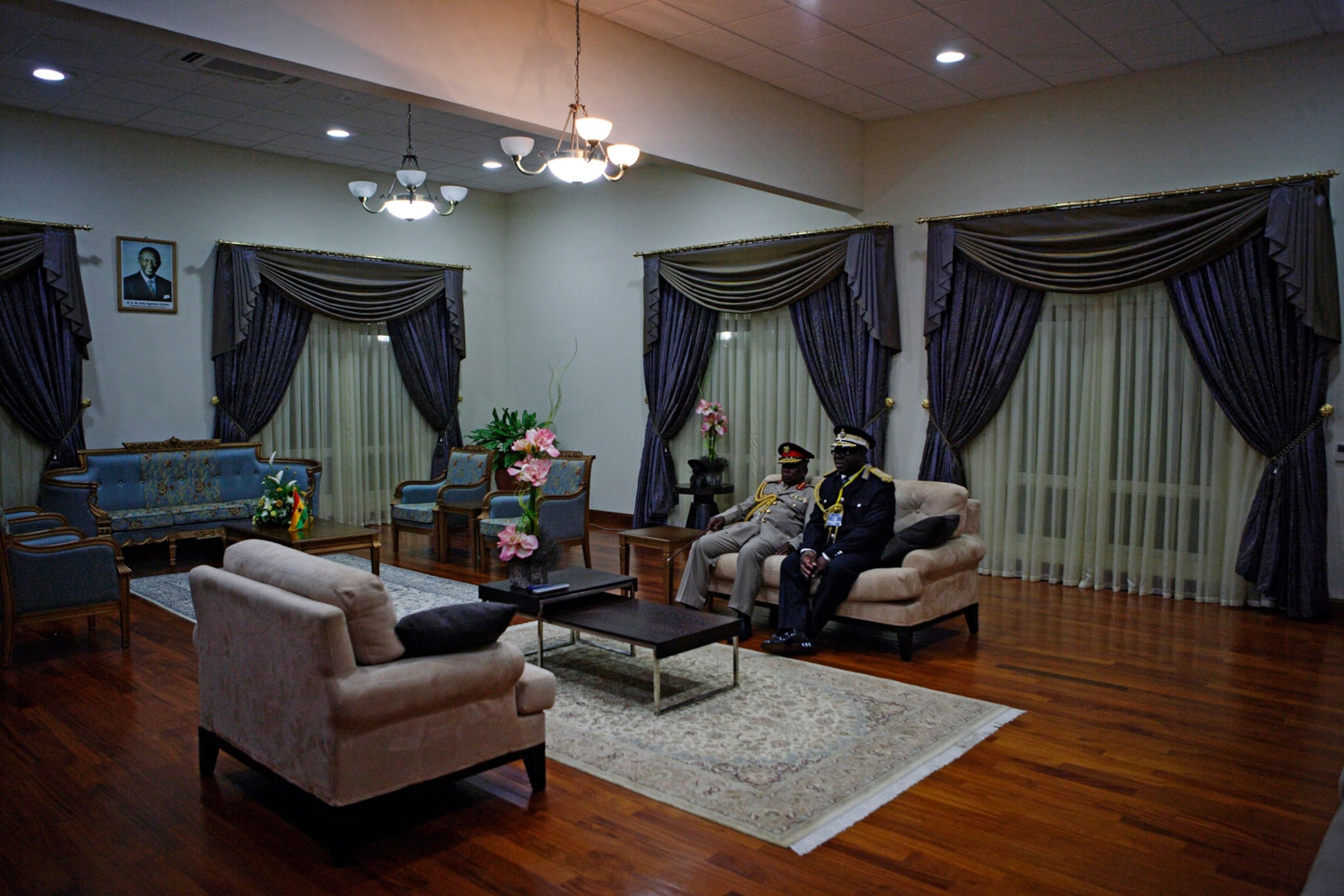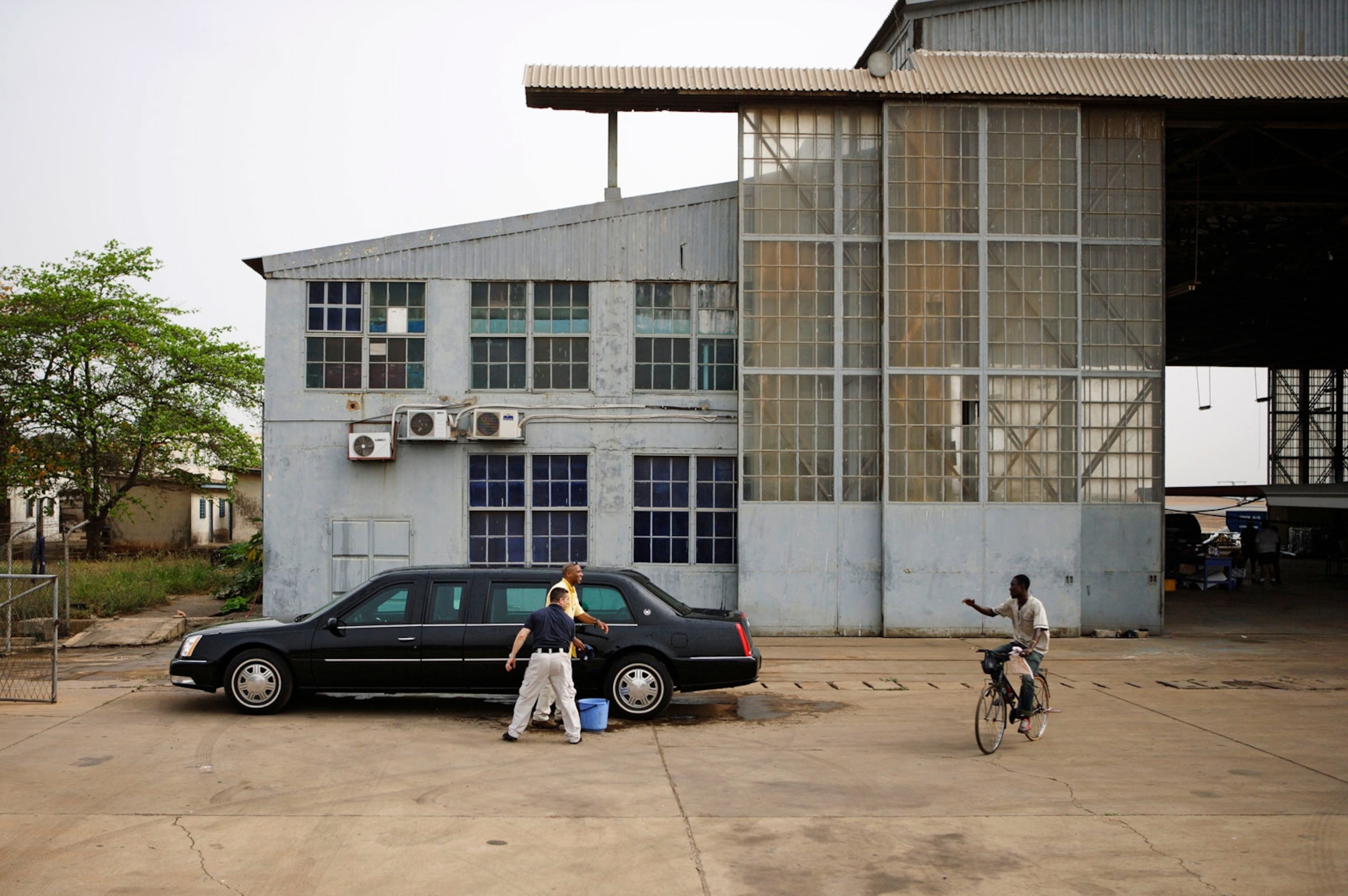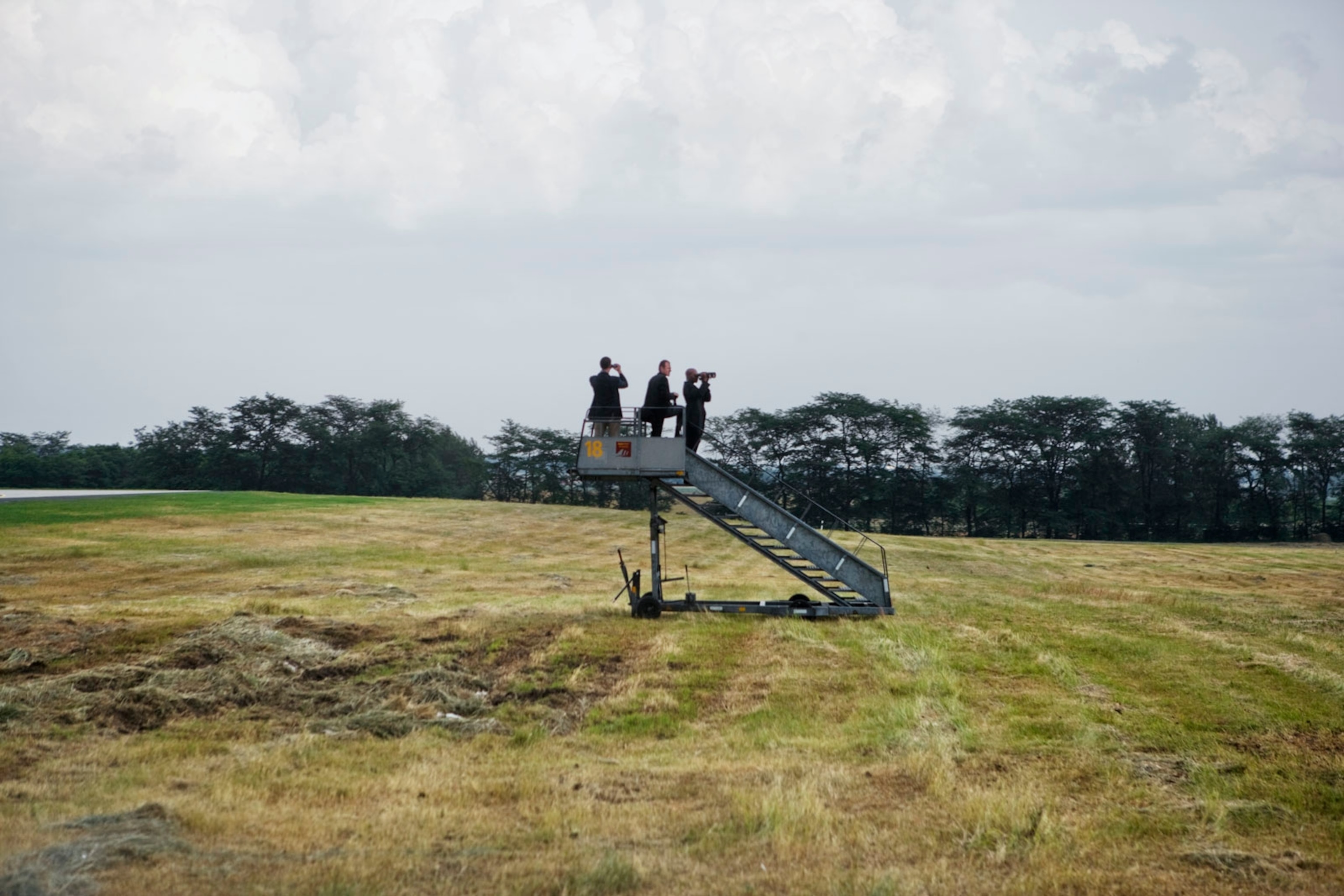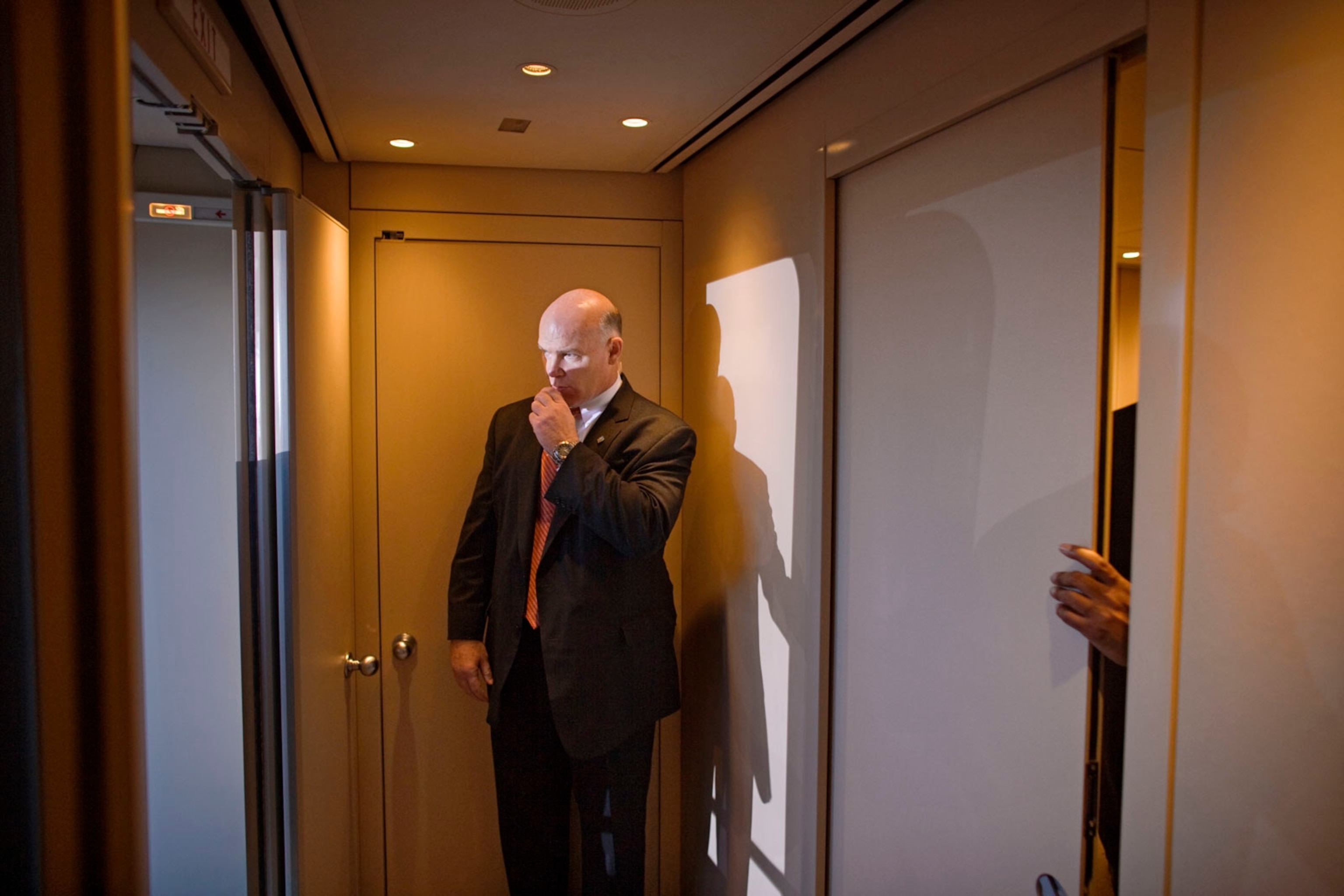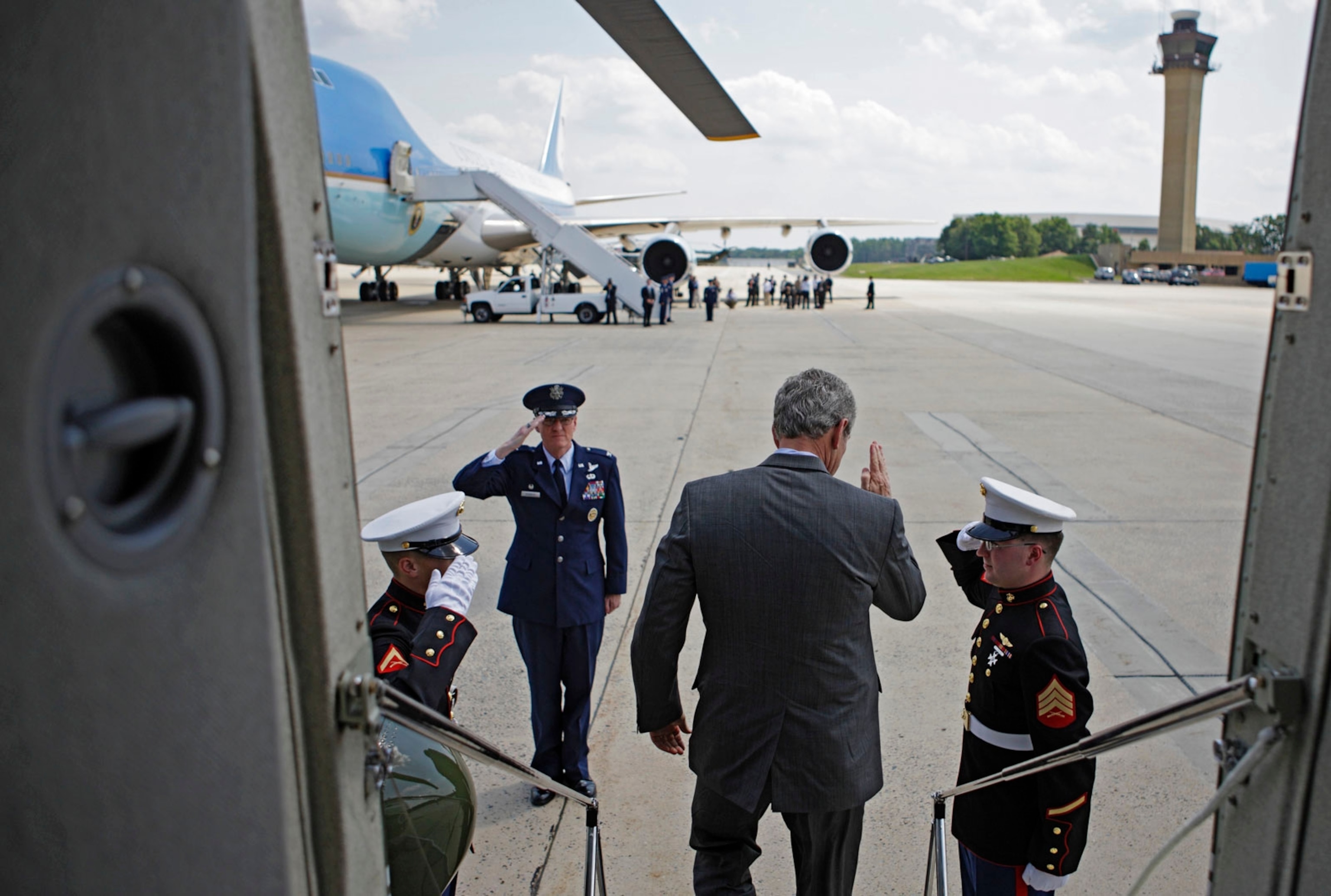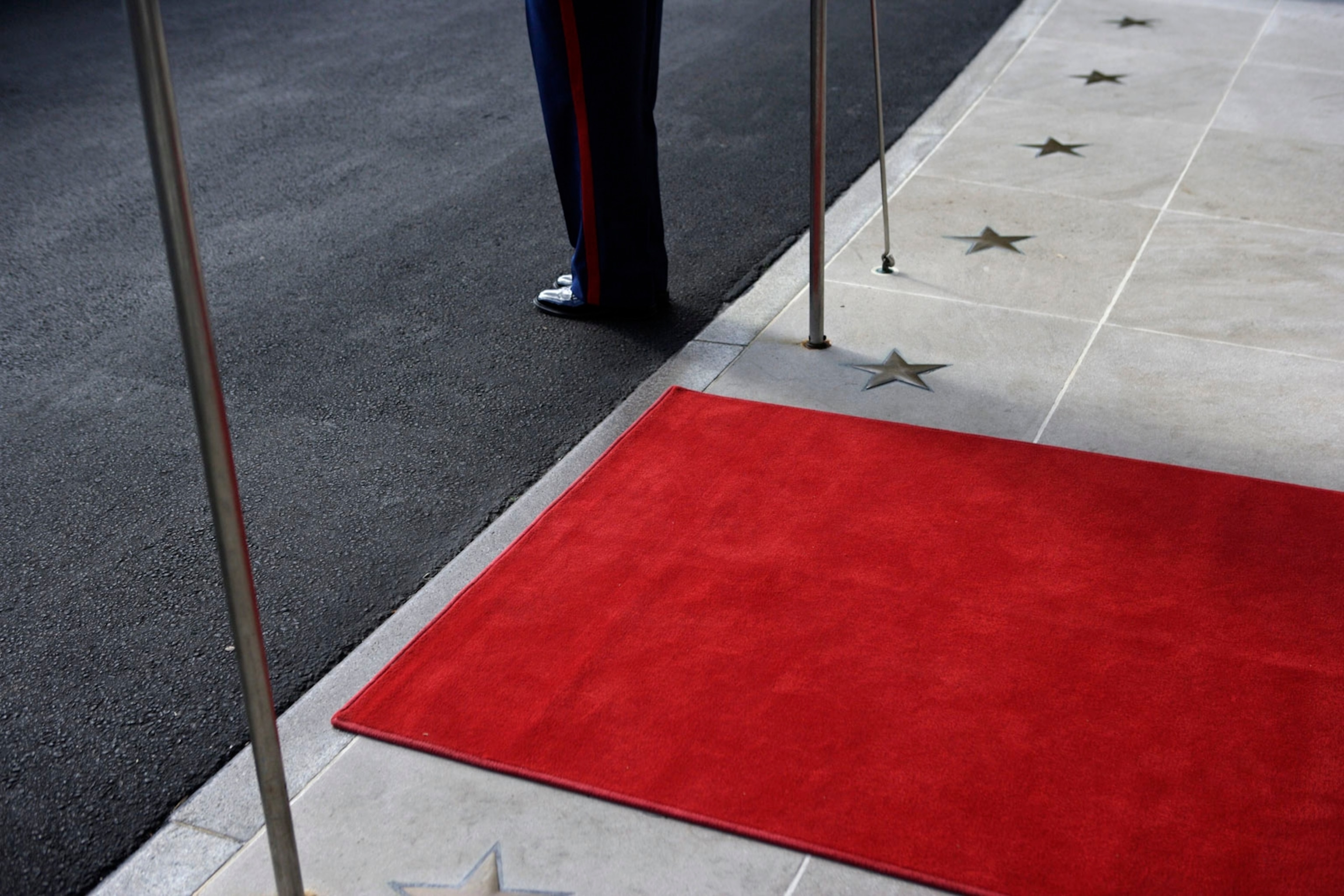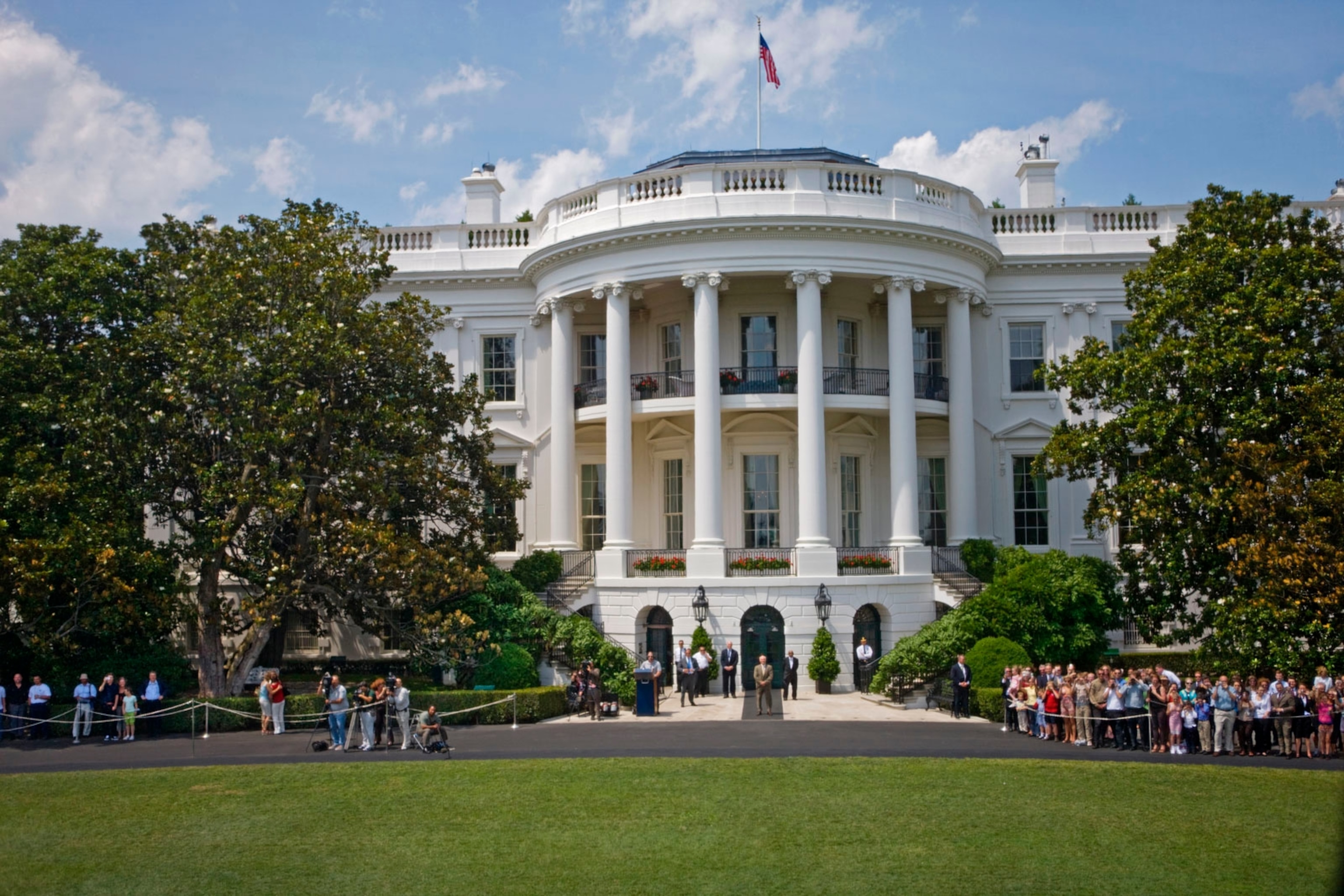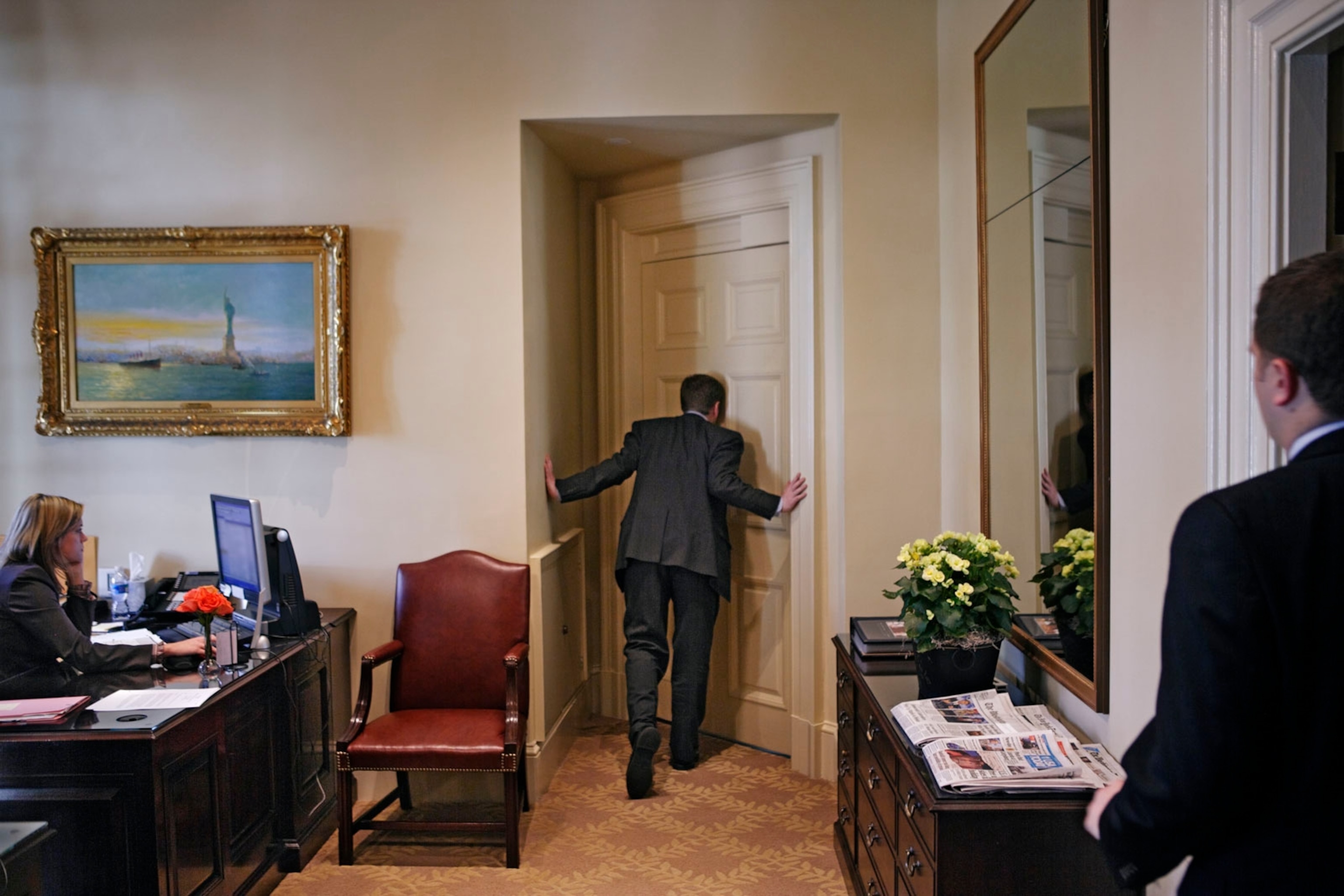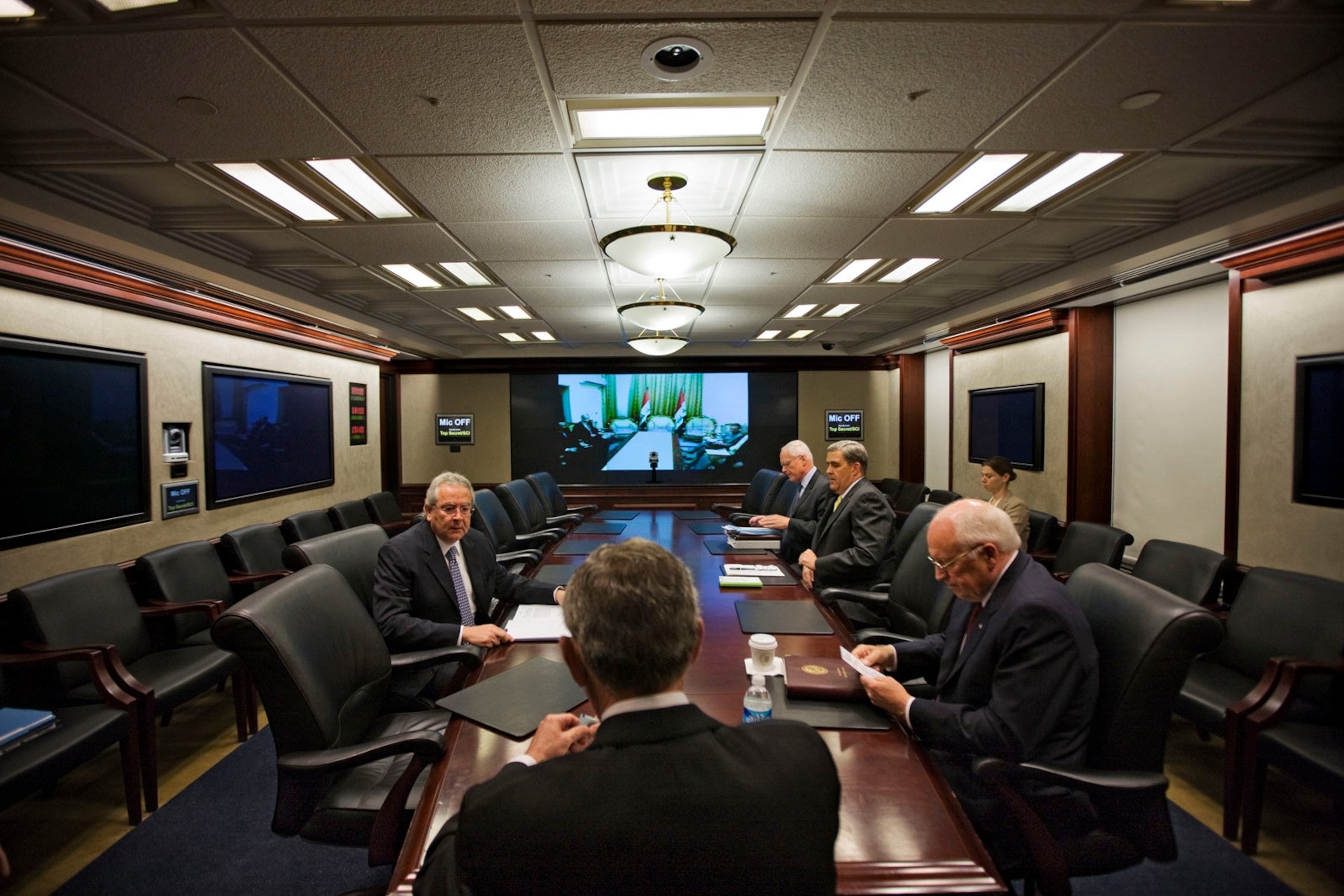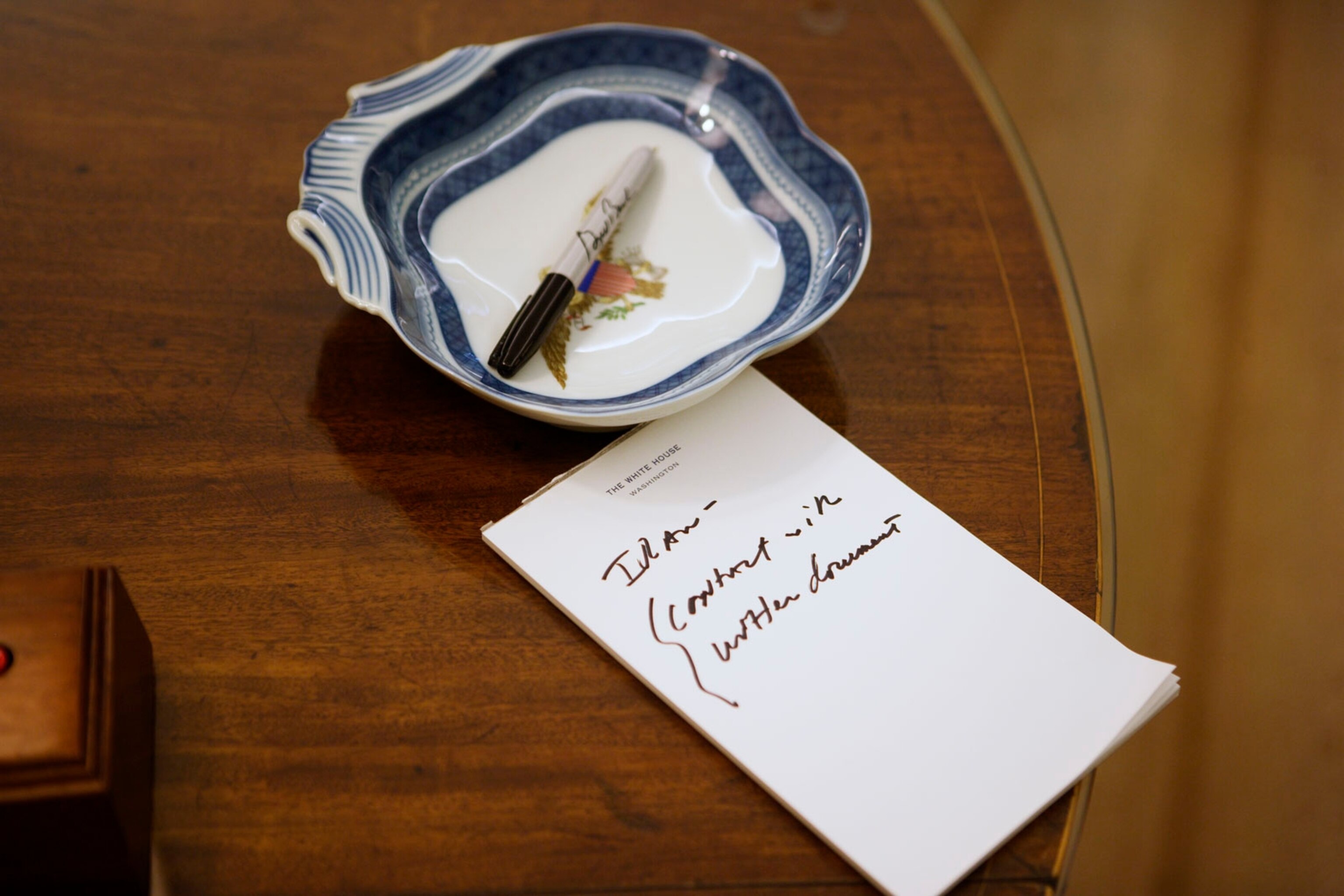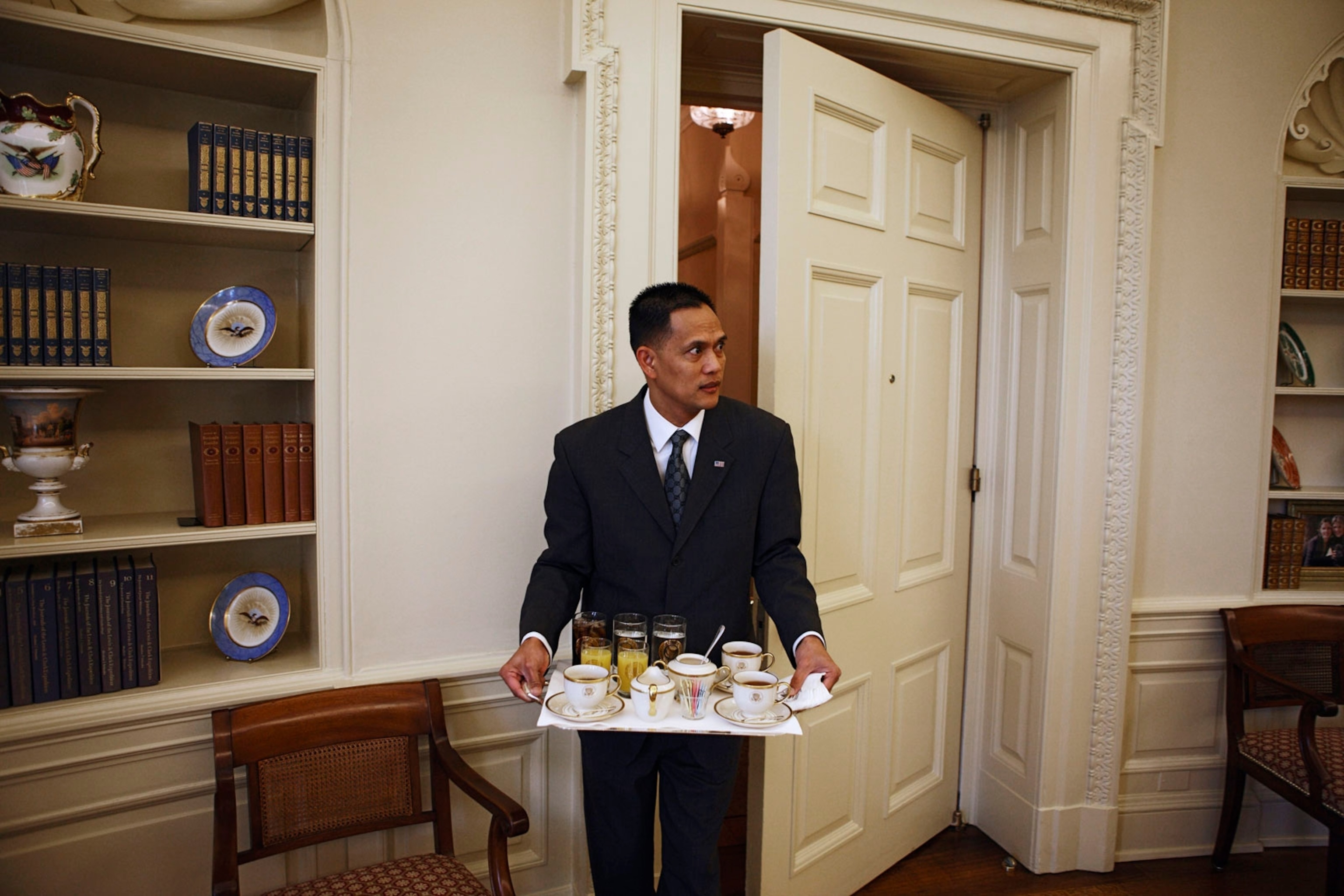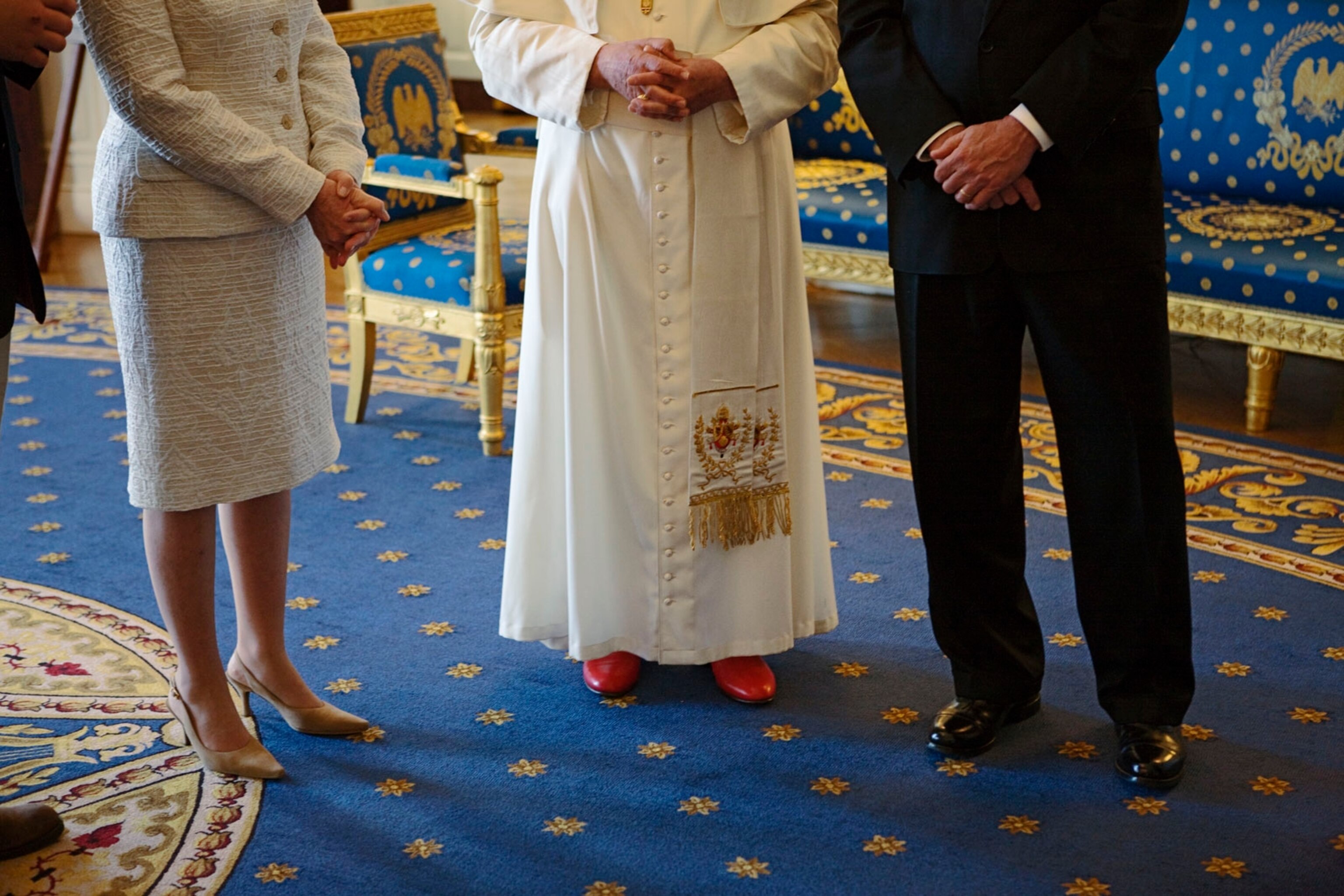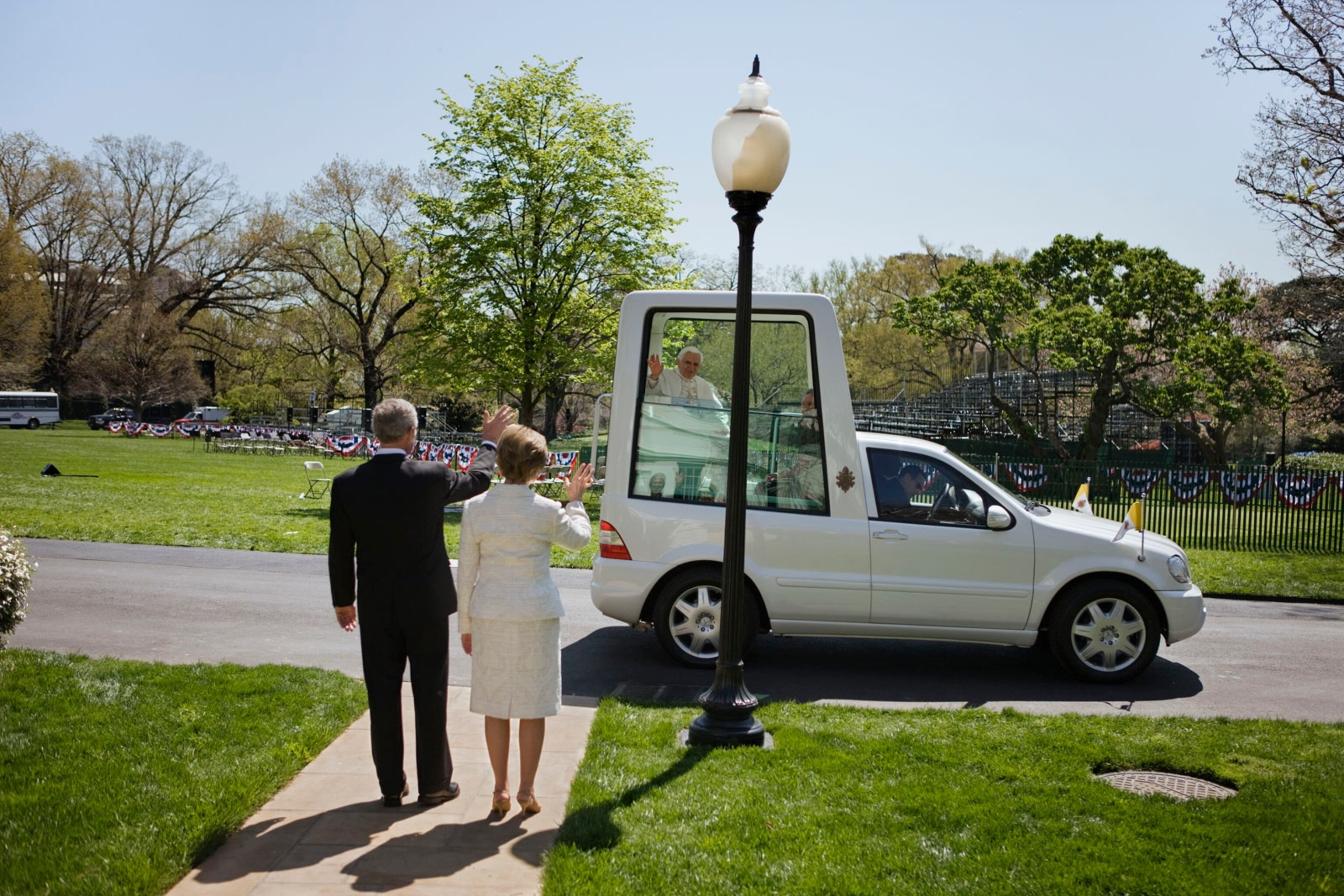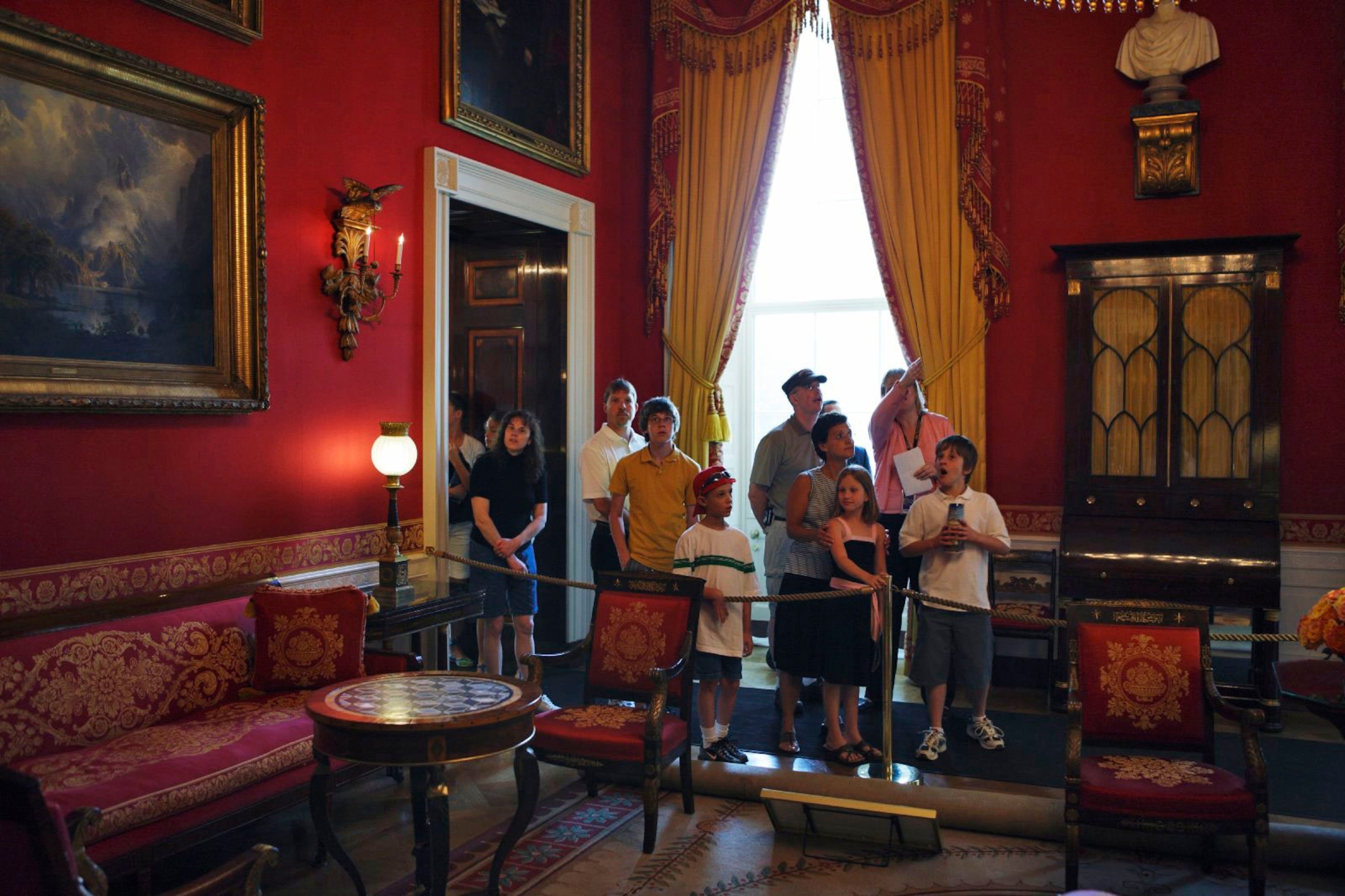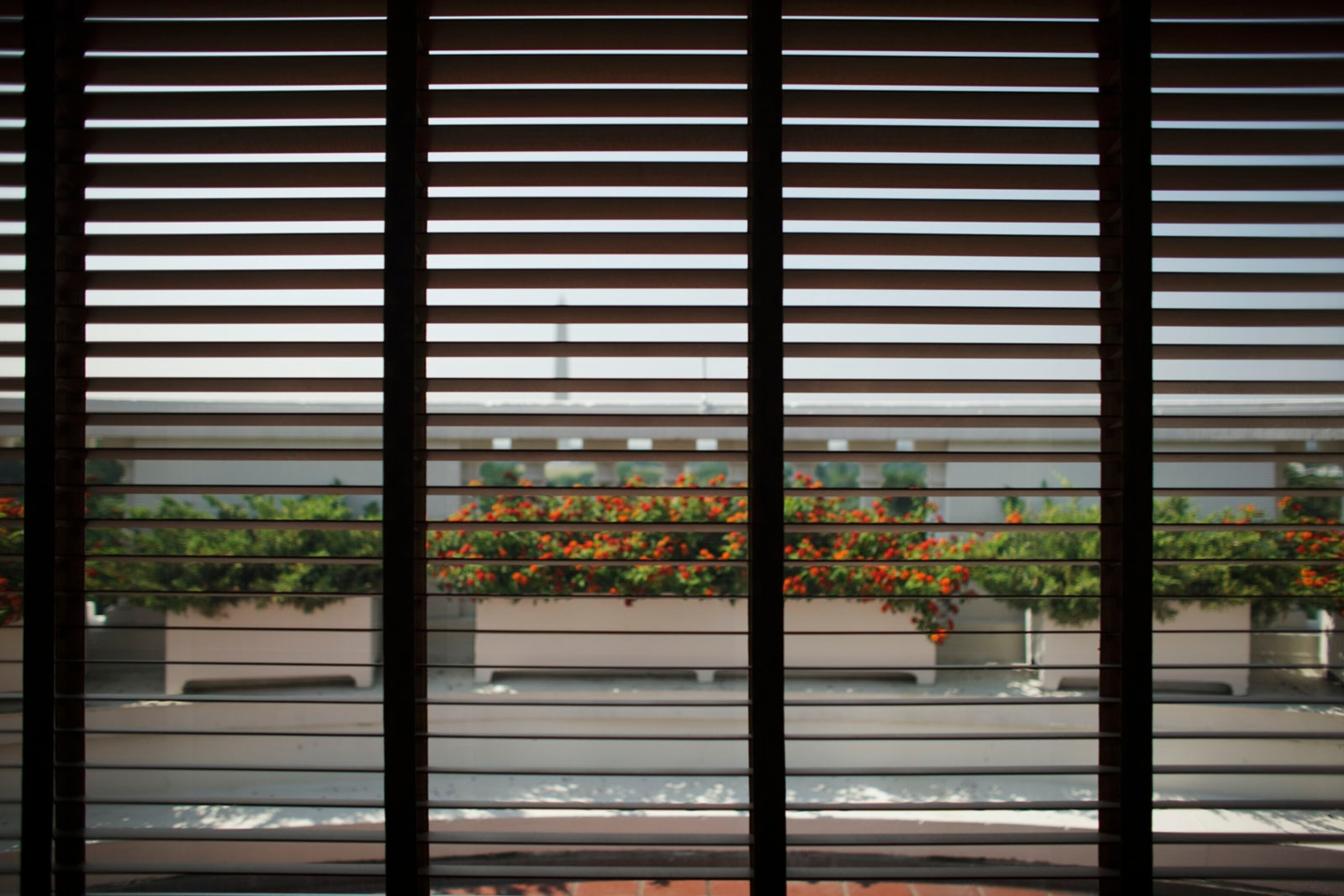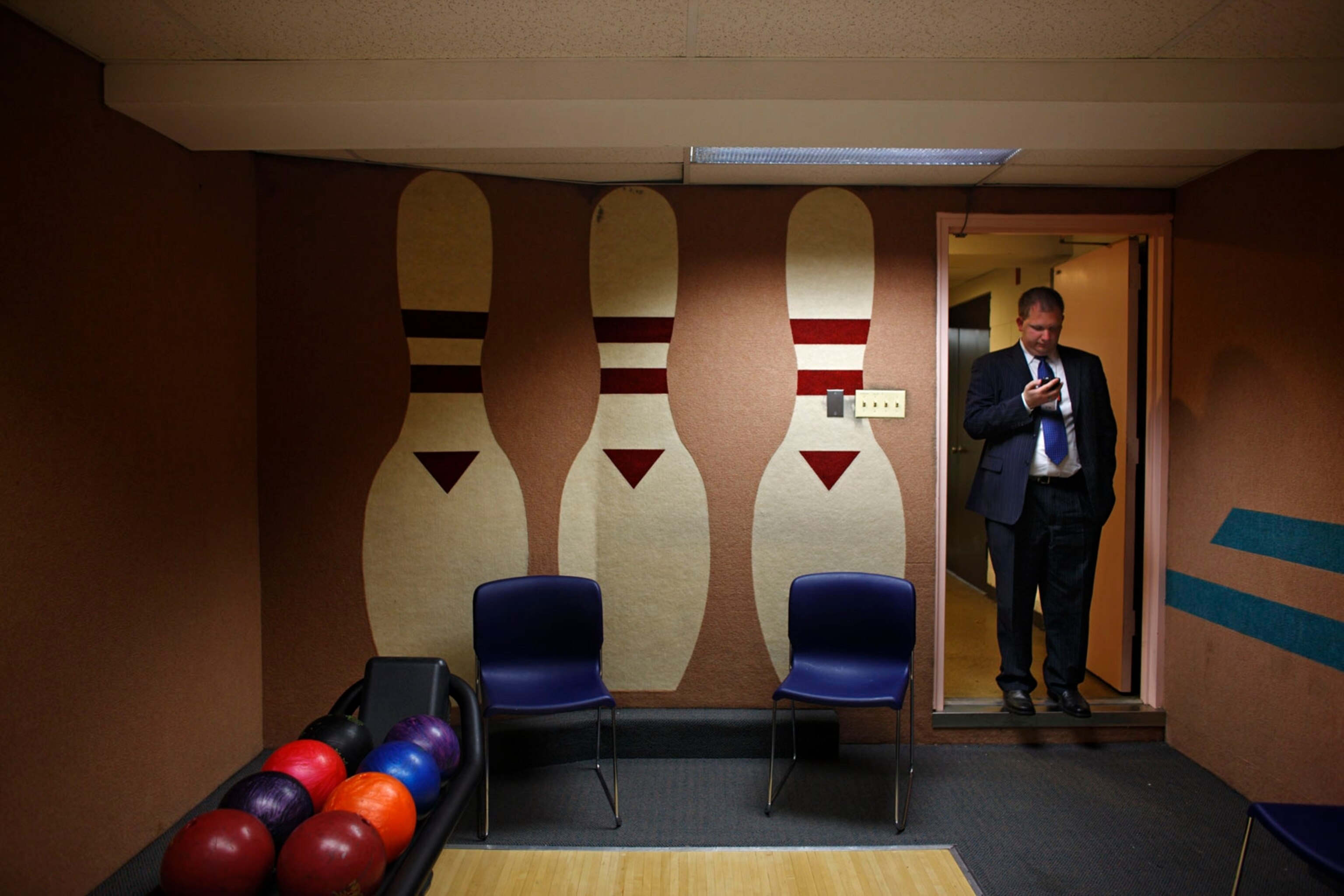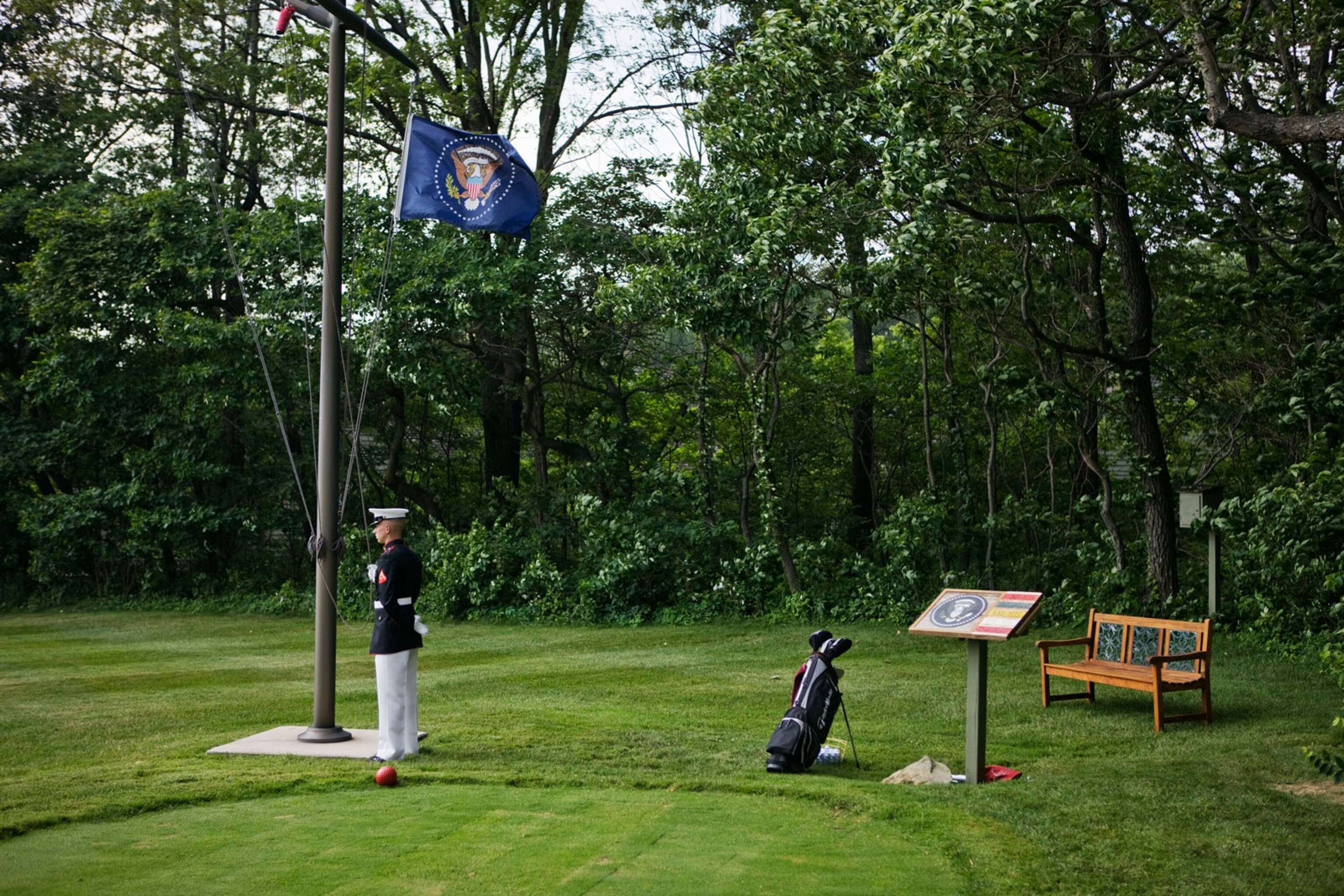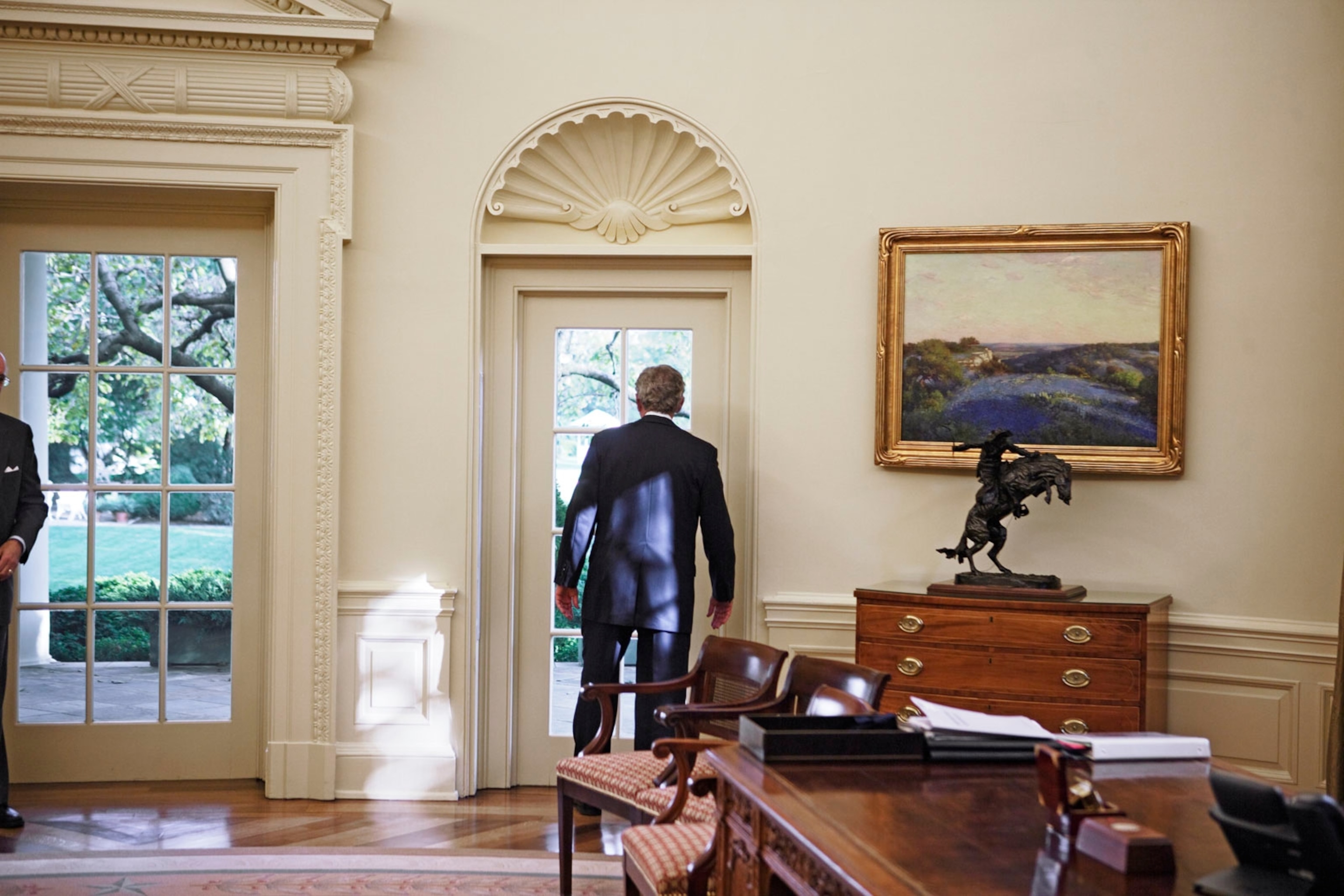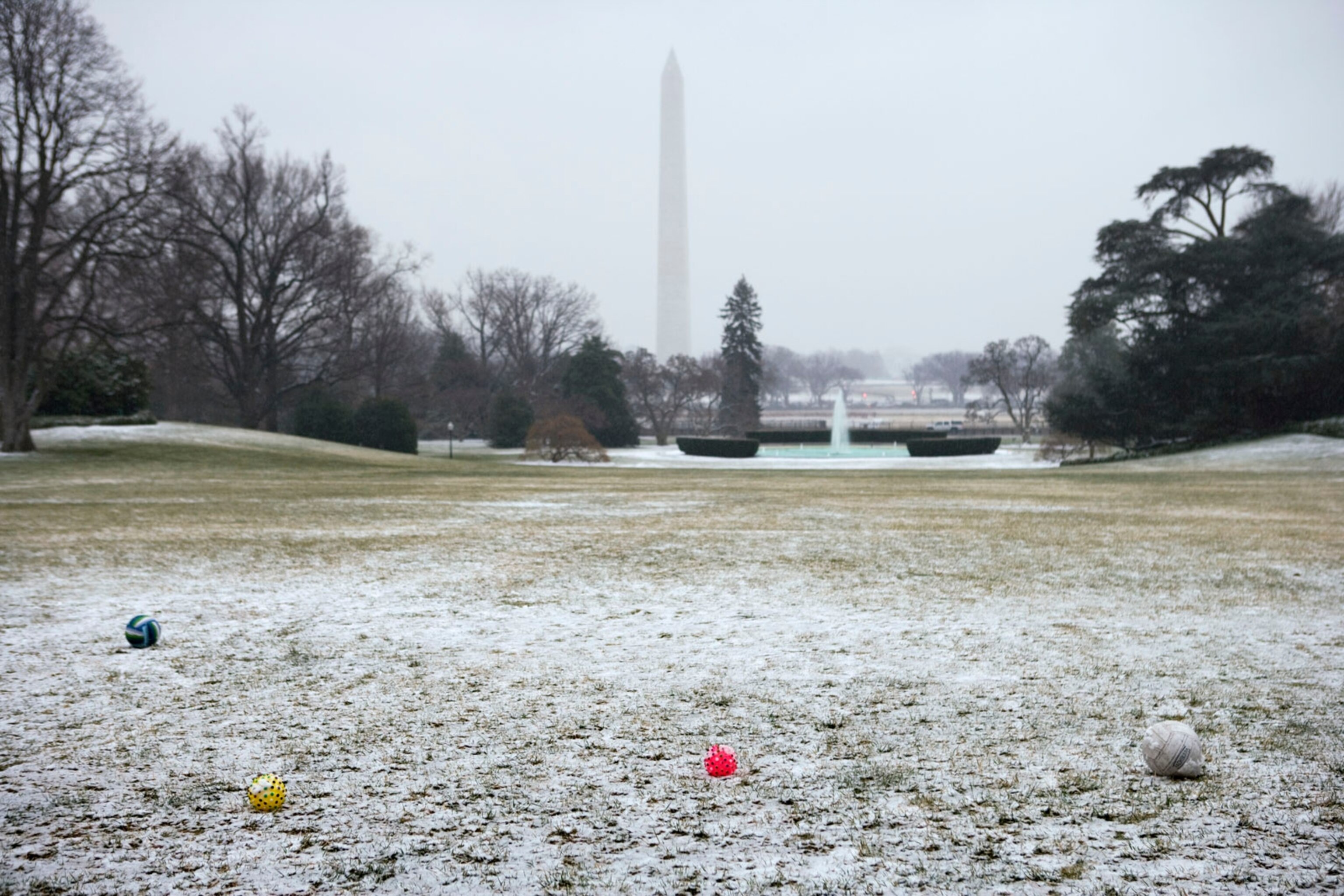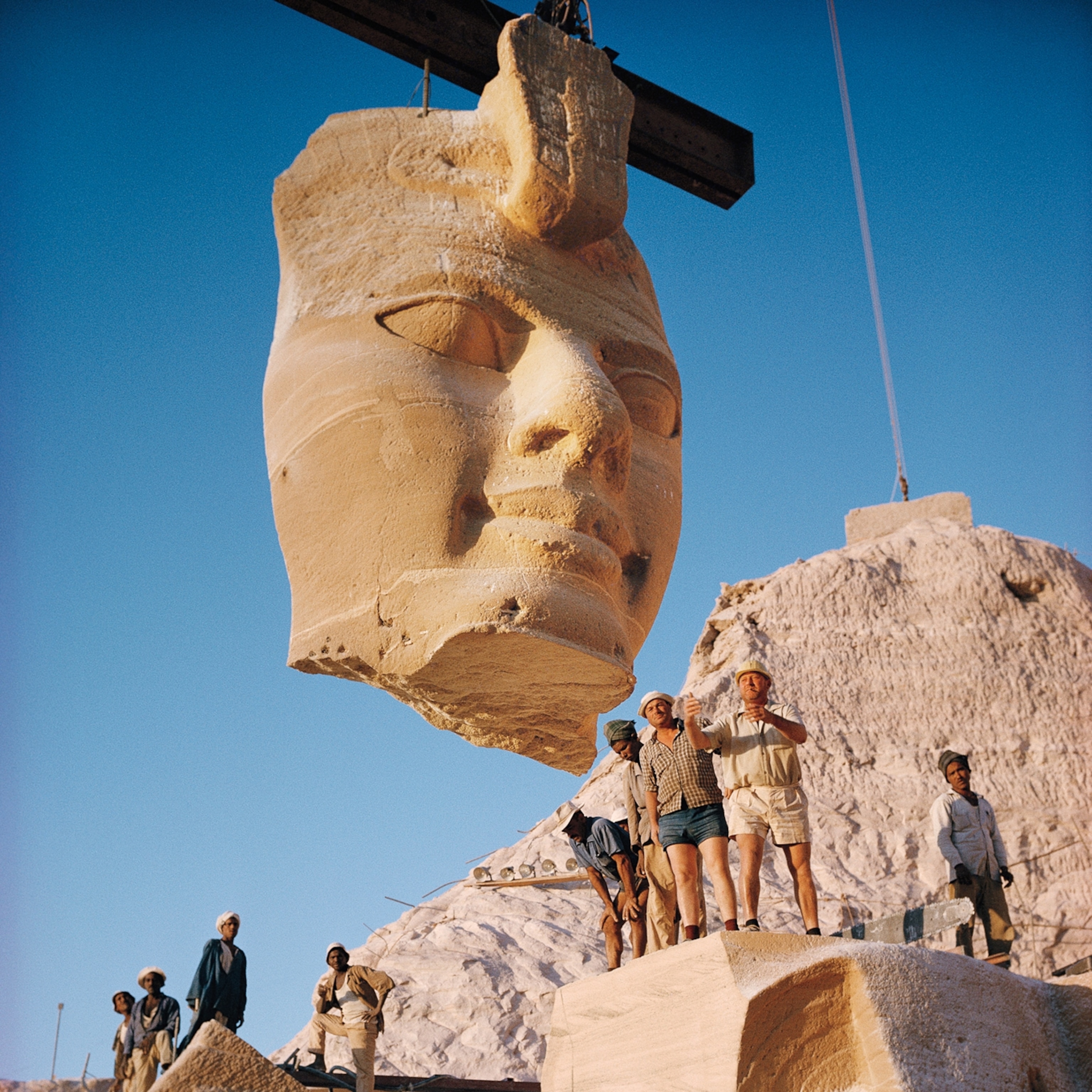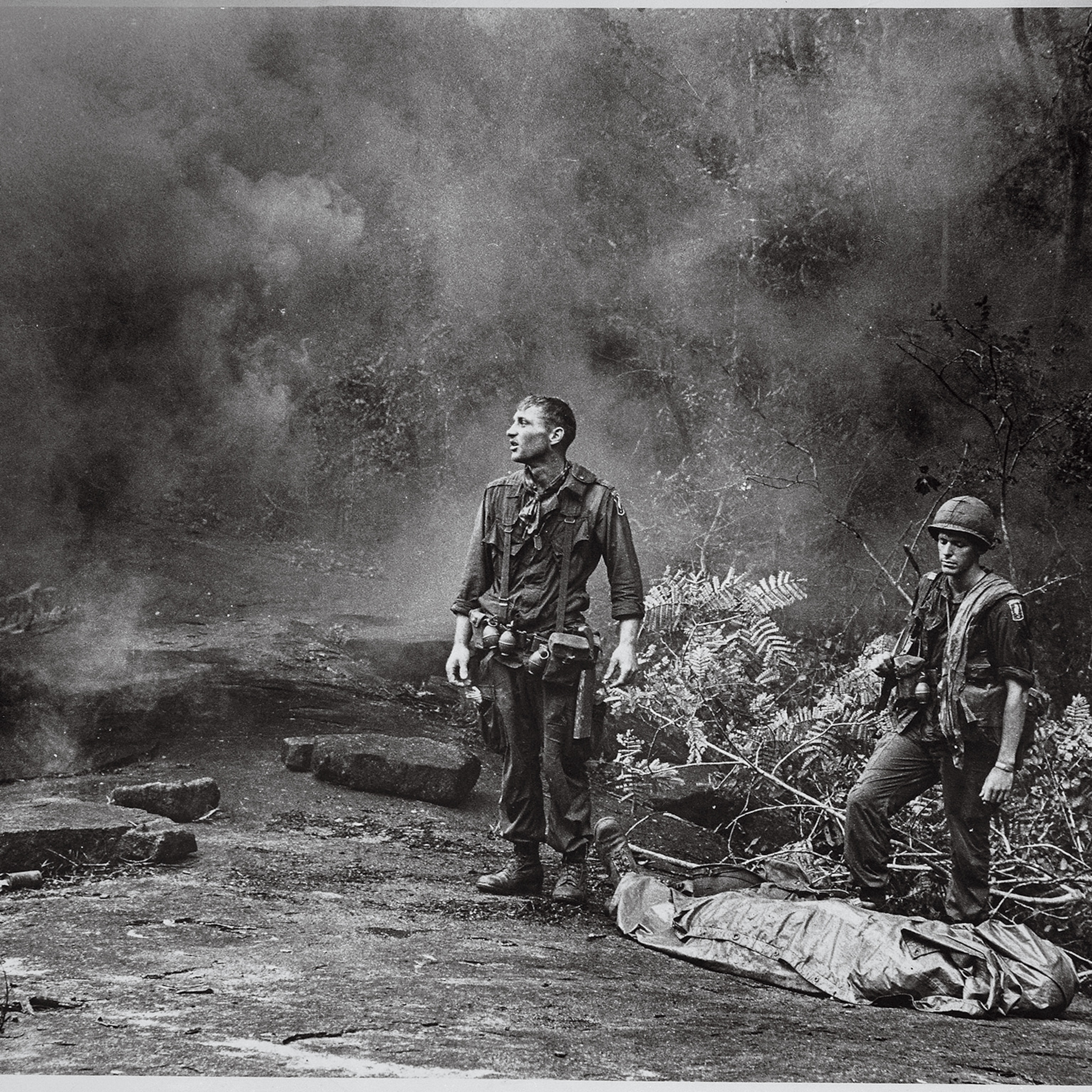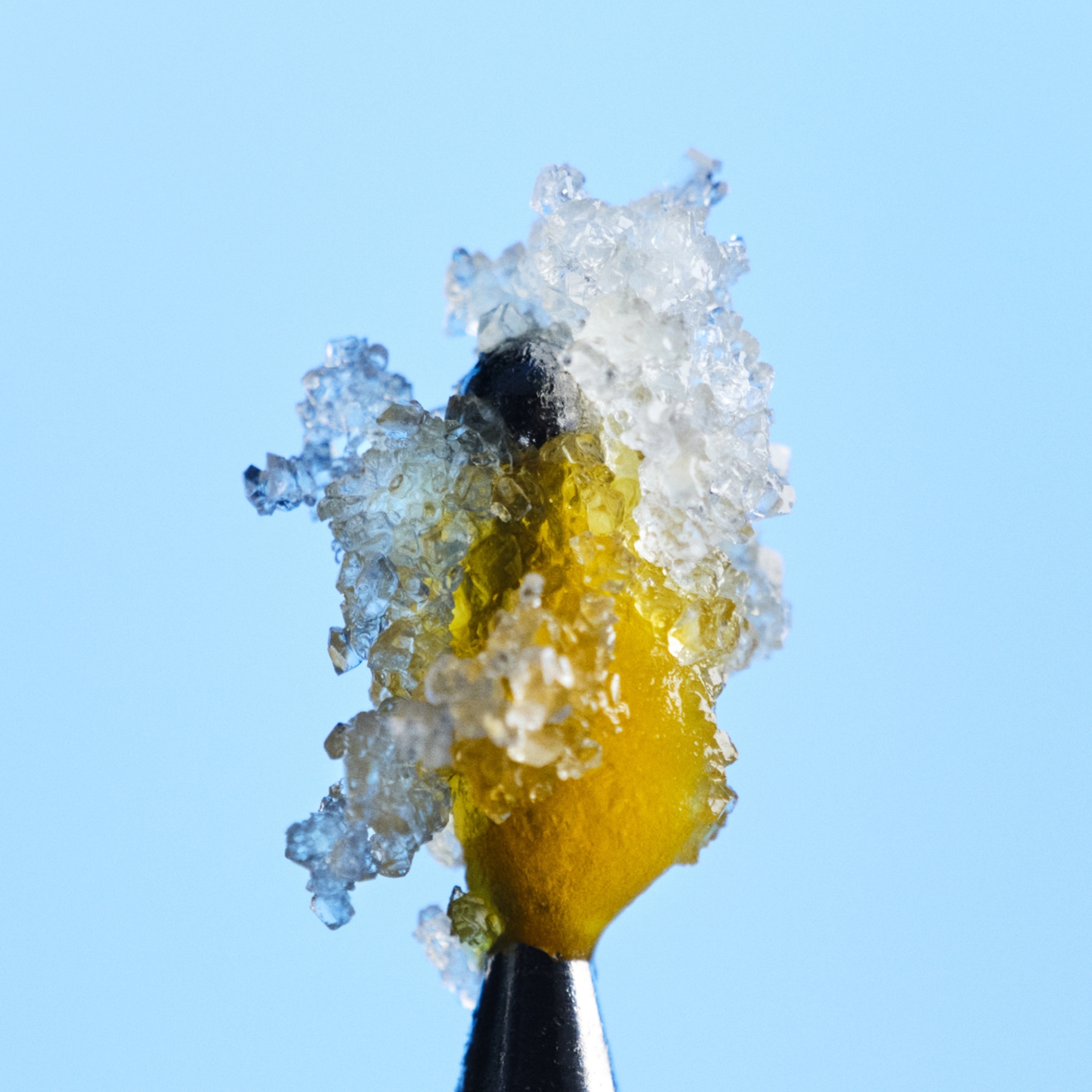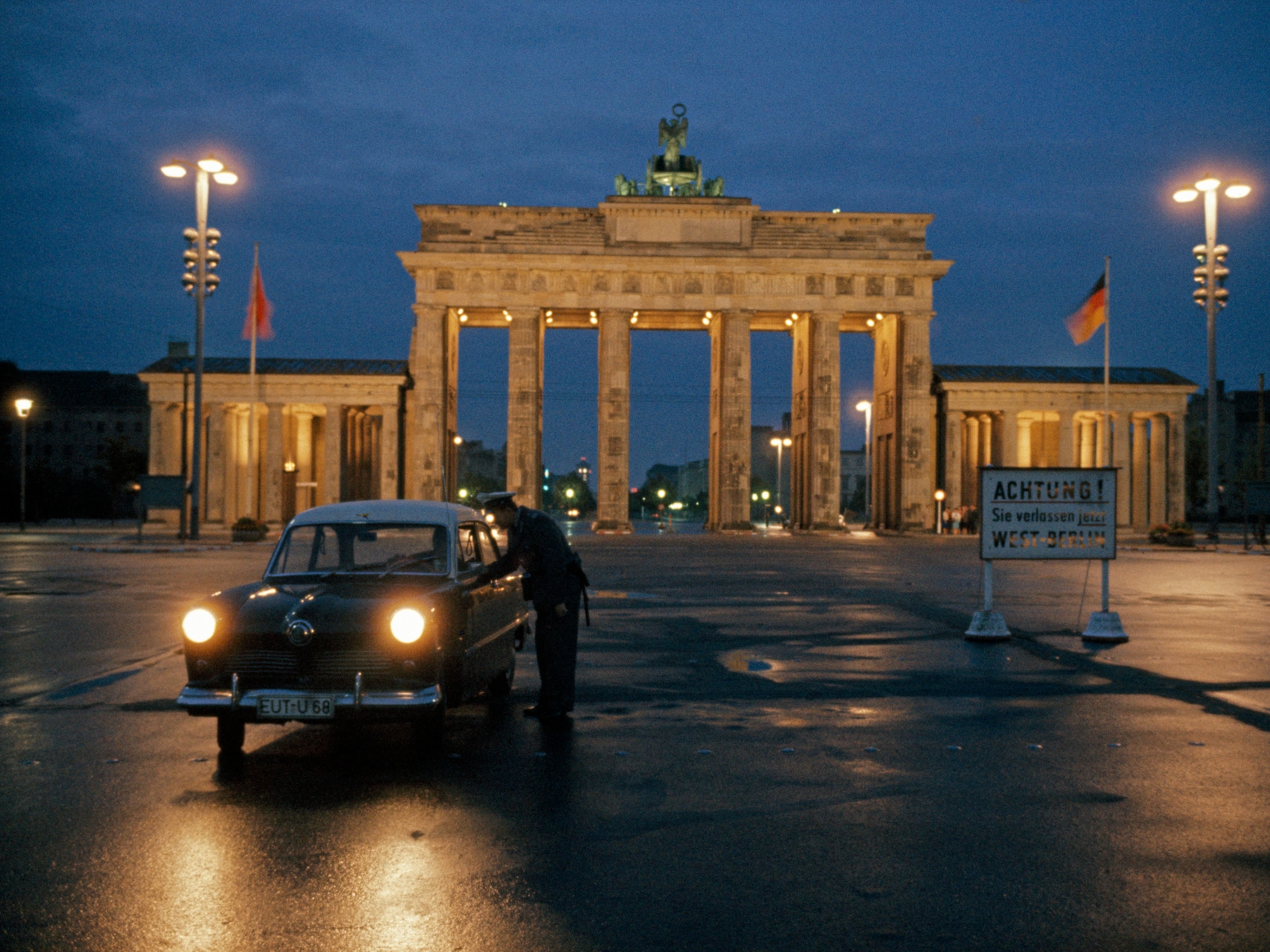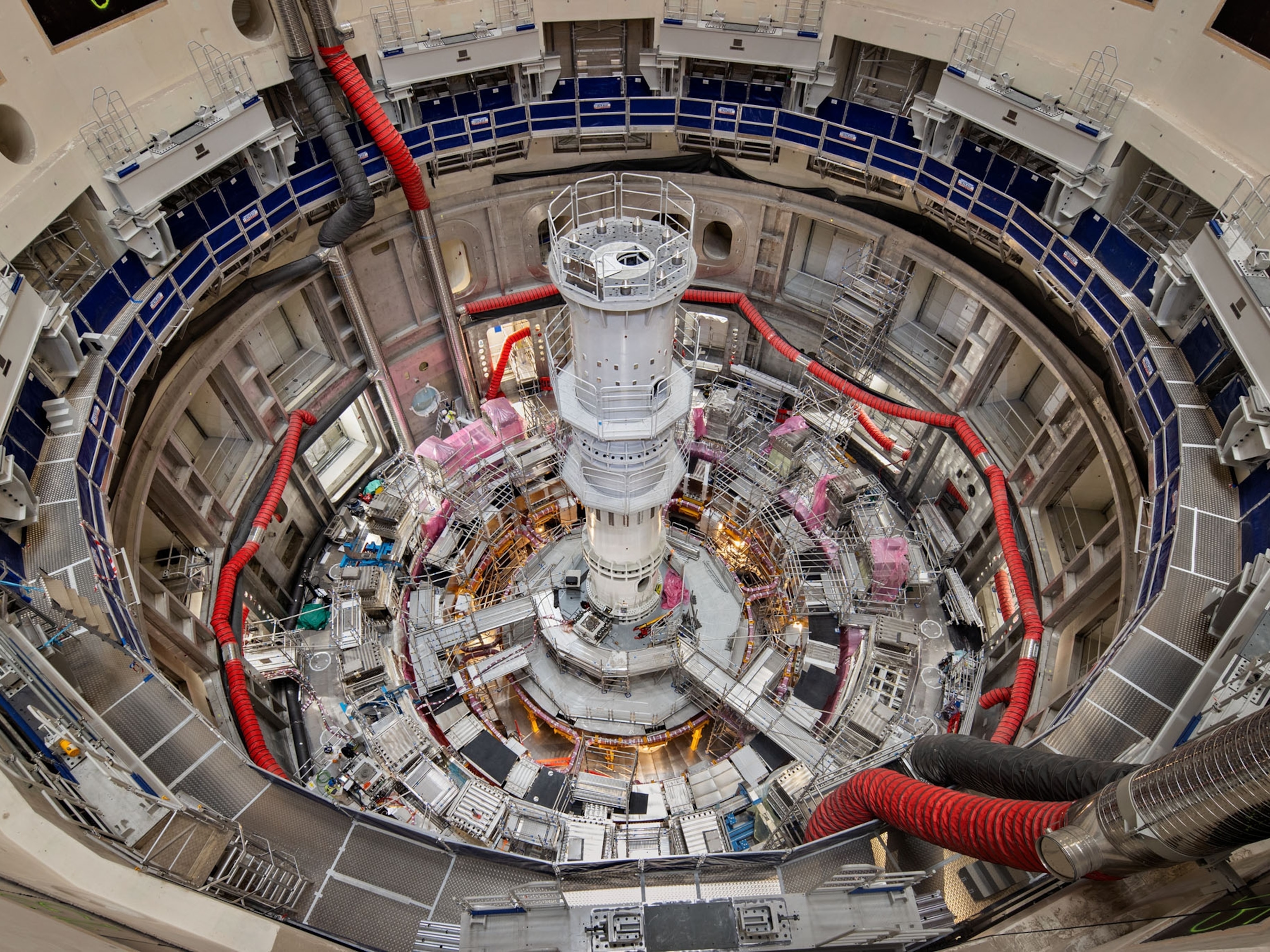Inside the Presidency
Few outsiders ever see the President’s private enclave.
History always makes a sharp turn in Washington when a new American President takes the oath of office, and so it will once again on January 20, 2009. There will be new Cabinet members, a new Congress, a new foreign policy, a new style in the East Wing, new embarrassing relatives (if the past is any guide), and new first friends.
But many other things in the private world of the President of the United States will stay remarkably the same. The maids on the permanent White House housekeeping staff will make the presidential bed, just as they always have. The kitchen staff will still peel potatoes and scramble eggs. The gardeners will have planted 3,500 tulip bulbs to bloom in the Rose Garden in the spring.
The permanent care and feeding of the President of the United States is an industry staffed by hundreds of people, largely supported by taxpayers, and little understood beyond the gates of 1600 Pennsylvania Avenue. First families move in and out—“They get a four- or eight-year lease,” says Gary Walters, former chief usher of the Executive Mansion. But the staff, customs, and mechanics surrounding the world's most powerful chief executive endure, often for generations.
Walters knows this well. As a deputy manager and then manager of the most famous address in the U.S. for 31 years, from Gerald Ford to the second President Bush, Walters spanned six presidencies and crises both global and domestic until his retirement in 2007. He ran a house with a 90-member residence staff of butlers, maids, chefs, maître d’s, elevator operators, florists, curators, carpenters, electricians, and plumbers. In some ways it was like running the world’s most exclusive hotel, except that Walters was in charge of a building with four major and often conflicting functions: home, office, grand museum, ultimate event site. Incredibly, the White House has welcomed up to 30,000 guests in a single week.
Walters, an Army veteran and a former officer in the old Executive Protective Service (now known as the Secret Service Uniformed Division), brought military precision and the utmost discretion to a job that was never 9 to 5. His worst times, he recalls, were when one first family moved out, typically around 10 a.m. on January 20, and the other moved in—by 4 p.m. the same day.
Walters’s goal was to have the departing family’s possessions out and the new socks in dresser drawers, personal furniture arranged, pictures hung, family photos displayed, favorite snacks in the kitchen—all in that six-hour time frame. There is no chance to get a head start, since the new President does not officially take office until January 20 at noon, two hours after his moving van pulls up under escort in the White House driveway as the outgoing President leaves for the Capitol. To make the deadline, Walters would deploy the entire 90-member staff at once, divided into teams with specific tasks. Months of planning included repeat verbal dry runs. (No such rehearsals took place before Richard Nixon’s early departure, however. Word went out that the First Lady had made a request through the usher’s office for packing boxes. “That’s how we knew,” said Betty C. Monkman, a former White House curator.)
Some transitions were especially rocky. Bill Clinton stayed in the Oval Office until 4 a.m. on January 20, 2001. “Then he had his desk that had to be cleaned out,” Walters recalls. He had to wait until the President went to bed before he could swoop in and help Clinton’s staff clear out the office to make way for George W. Bush.
But once things settle down, “the White House is first and foremost a family home,” Walters says. “It is the responsibility of the residence staff to change to the needs of every family, and not pigeonhole the family to the White House.”
To ensure such comfort, Walters would begin questioning the First-Lady-to-be after the election in November, as soon as the outgoing President had invited the new one to visit. What rooms would you like to use for your bedrooms? What time do you want to get up in the morning? What kind of toothpaste should be in the bathroom? What snacks would you prefer stocked in the pantry?
Bush 43 said pretzels, which got him into trouble in 2002, when he choked on one while watching a football game in his White House bedroom, lost consciousness, hit the floor, then came to, with only the presidential dogs as witnesses. Bush’s father requested easier to swallow Texas Blue Bell ice cream. He did not, however, request pork rinds, despite making a regular-guy show of nibbling them in public. “It was totally bogus,” Walters says. “He didn’t eat them.”
The second Bush also liked to keep a stainless steel water dish at the foot of the South Portico’s curved granite staircase, and Dale Haney, the superintendent of the White House grounds, could be seen moonlighting as the walker of the presidential terriers, Barney and Miss Beazley. Chelsea Clinton had her friends over for pizza in the State Dining Room. Susan Ford hosted her junior prom in the East Room. In the Reagan Administration, known publicly for its old Hollywood glamour, the President and First Lady liked their private, just-the-two-of-them dinners served on trays in front of the television.
So what’s for dinner? First Ladies and Presidents generally haven’t cooked at the White House, although they have a second-floor kitchen in the family quarters, separate from the main kitchen on the mansion’s ground level. The Clintons liked to use their kitchen for post-party glasses of champagne and raided its refrigerator for leftovers. But most families have simply selected a weekly menu from choices offered by the White House chef. State dinners, barbecues for Congress, and holiday receptions for the diplomatic corps are paid for by taxpayers, but the President is billed for all food consumed by his family and his personal guests. In the first months of a new administration, sticker shock is routine.
“I can’t remember anybody not complaining,” Walters says, recalling in particular Rosalynn Carter’s astonishment at the size of the bills. “Mrs. Carter came from Georgia. Things were a little cheaper there at the time. But let’s face it, you’ve got world-class chefs. The garnishes they put on foods, the way they dress them up, it’s like eating in a restaurant.”
Food comes from various Secret Service-approved commercial suppliers, but also from farmers markets and occasionally just the grocery store. Sometimes the White House chef will stop in at a local butcher on the way to work and pick up a last-minute chop for the President’s dinner. Wine, always American—the White House stopped serving French wine in the Ford Administration—comes directly from the wineries and includes offerings from Virginia and Idaho as well as California. (White House Francophile customs died hard: Mamie Eisenhower once had her favorite apple brown Betty listed on a state dinner menu as Betty Brune de Pommes.)
The first family pays its own dry cleaning bills, although the staff takes care of sending out the clothes to high-end establishments in town. The President’s shirts are done in-house, as are all the family’s sheets and towels. The President’s valet keeps his shoes shined and deals directly with the housekeepers to replace missing buttons. Presidents select their own suits from the closet each day, although staff members have been known to reject presidential ties as too busy for television. “I can’t think of any President who had somebody else pick out his clothes,” Walters says.
When the President leaves the White House, he travels within an enormous, ever secure bubble, whether seated in the armor-plated limousine referred to internally as “the Beast,” flying on Air Force One, or sleeping in one of the 600 to 800 hotel rooms required for each stop on a foreign trip.
The President’s road show includes a caravan of White House staff, State Department officials, Secret Service agents, communications technicians, crews forAir Force One and Marine One (the presidential helicopter), Department of Defense staff, and press. A big foreign trip typically includes up to 800 people, among them 30 White House staff members, more than a hundred members of the Secret Service, and some 150 representatives of the media—television and radio correspondents, camera crews, sound technicians, print journalists, wire service reporters, and still photographers.
The group is actually transported in two planes: Air Force One for the President, his staff, his Secret Service agents, and a small pool of reporters in the back; and the White House press charter, usually a United 747, for the rest of the media. (Reporters are rotated in and out of the 14 press seats on Air Force One, but on either plane, media organizations pay dearly for the seats, typically the price of first-class airfare or more.) The entourage is accompanied by cargo planes that transport the President’s limousine and a spare, plus sometimes Marine One, to each stop.
The nucleus of the bubble, referred to within the White House as “the package,” consists of the President, his senior staff, the Secret Service detail assigned specifically to him, and a small pool of reporters. The package essentially isolates the President from the rest of the bubble and the outside world. Inside the package life is serene; humming outside is the 24/7 infrastructure required to keep the peace.
The head of the road show in the Bush 43 Administration was Joe Hagin, former deputy chief of staff in charge of operations, who believes in striking a balance between protecting the President and allowing him some exposure in public. “You can’t lock him in a steel box and move him around,” Hagin says. “You have to get him out.”
Hagin would begin planning Bush’s foreign trips up to a year ahead. Every November or December, he’d sit down with the White House chief of staff and national security adviser to block out what usually amounted to five or six annual presidential trips overseas. Some were built-in, such as the yearly Group of Eight meeting of industrialized nations or the NATO summits, both must-attends for the American President. But others, like Bush’s trip to Africa in February 2008, were designed to highlight administration policies and to show the White House flag.
“My geography’s not good enough to do it without a map,” Hagin says. So with maps unfolded all over the conference table in the national security adviser’s office, and with the Air Force One pilots on hand to consult, the group would figure out what stops made geographic sense. There were all-important political considerations as well. Bush 43, who grew increasingly unpopular overseas as his administration progressed, often augmented his European trips with stops in former Soviet-bloc nations like Albania, where he could count on pro-democracy, pro-American crowds to cheer him on.
The White House Communications Agency, or WHCA, builds its own communication system for each destination, and on foreign trips the leader of the free world can push a button on the telephone in his hotel suite and be instantly connected to a direct-dial U.S. system. Bush hasn’t carried a personal cell phone for security reasons, but he had access to any number of them while traveling.
One cell is specifically for the presidential limousine, where there is never a problem with background noise. People who have been inside say that the limo is eerily serene, as if the outside world were on mute. The President can see the crowd, but he can’t hear it, especially not over the deep rumble of the Beast’s big V-8.
Air Force One is the President’s refuge. He can sleep in his cabin, a suite in the nose of the plane with a shower and two daybeds. Or he can work out; before Bush’s knees gave out and he abandoned running, he had a treadmill set up in the Air Force Oneoffice on foreign trips. The jet’s kitchen serves full dinners prepared by military stewards, but they are unlikely to win culinary or nutrition awards. Steak, chicken, and pork chops are normal fare. In June 2002, when Bush was on a trip to Florida to promote dietary and physical fitness, the Air Force One lunch menu, printed on gold-edged cards for all passengers, was corned beef sandwich, steak fries, and strawberry cheesecake.
As the President moves with ease from meeting to meeting, an intense choreography churns around him, all outlined in hundreds of pages of briefing books. “We can go to the other side of the world and land precisely to the minute,” Hagin says. “But you’ve got to know what you’re doing. These trips are not for the faint of heart.” Only experienced staff members go overseas, and they are expected to know where to stand, what to wear, how to address foreign dignitaries, and when, literally, to run.
In spite of the briefing books and the overall efficiency of Hagin and his team, travel foul-ups occasionally occur. In May 2005, only a malfunction in a live hand grenade, tossed into an ebullient crowd of tens of thousands in Tbilisi, Georgia, averted what could have been a lethal attack. In 2004, Bush waded on his own into a group of security agents to pull a Secret Service agent out of a shoving match with the Chilean police. In 2002, the Beast came to such a sudden stop en route to lunch in Beijing with then President Jiang Zemin of China that the wire services reported a blowout, conjuring images of Secret Service agents rummaging through the trunk for a jack. The problem was in fact mechanical, and the President was moved to the spare limo within moments.
Not surprisingly, the President, like everyone else, is happy to get home. Although Ronald Reagan said he often felt captive in the fishbowl of the White House, many other Presidents and their families have loved it there.
And why not? There is, after all, a recently refurbished movie theater, suitable for viewing major Hollywood films sent overnight from the studios. (In the past couple years Bush saw The Kite Runner and The Perfect Game.) There is a swimming pool, the same one where Gerald Ford spoke to the press in his bathing suit. There is a tennis court, too, and the Children’s Garden, a shady spot created by Lady Bird Johnson, its walkway lined with bronzed handprints and footprints of presidential grandchildren.
Most of all, there is a sense of home and history, coupled with the knowledge that a first family, however well cared for and fed, can only pass through. Or as one of the permanent household staff gently reminded Barbara Bush during her time as First Lady: “Presidents come and go. Butlers stay.”
